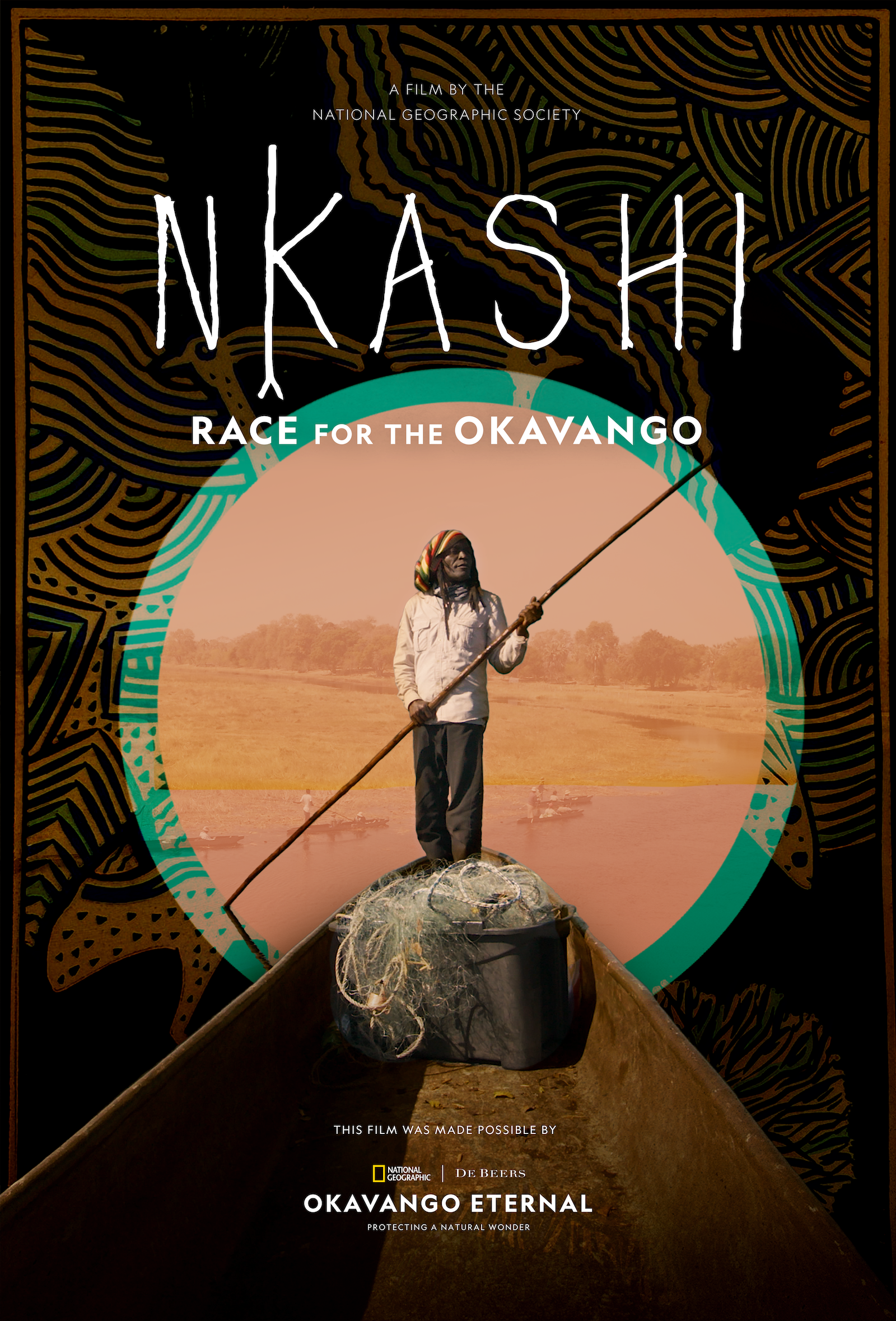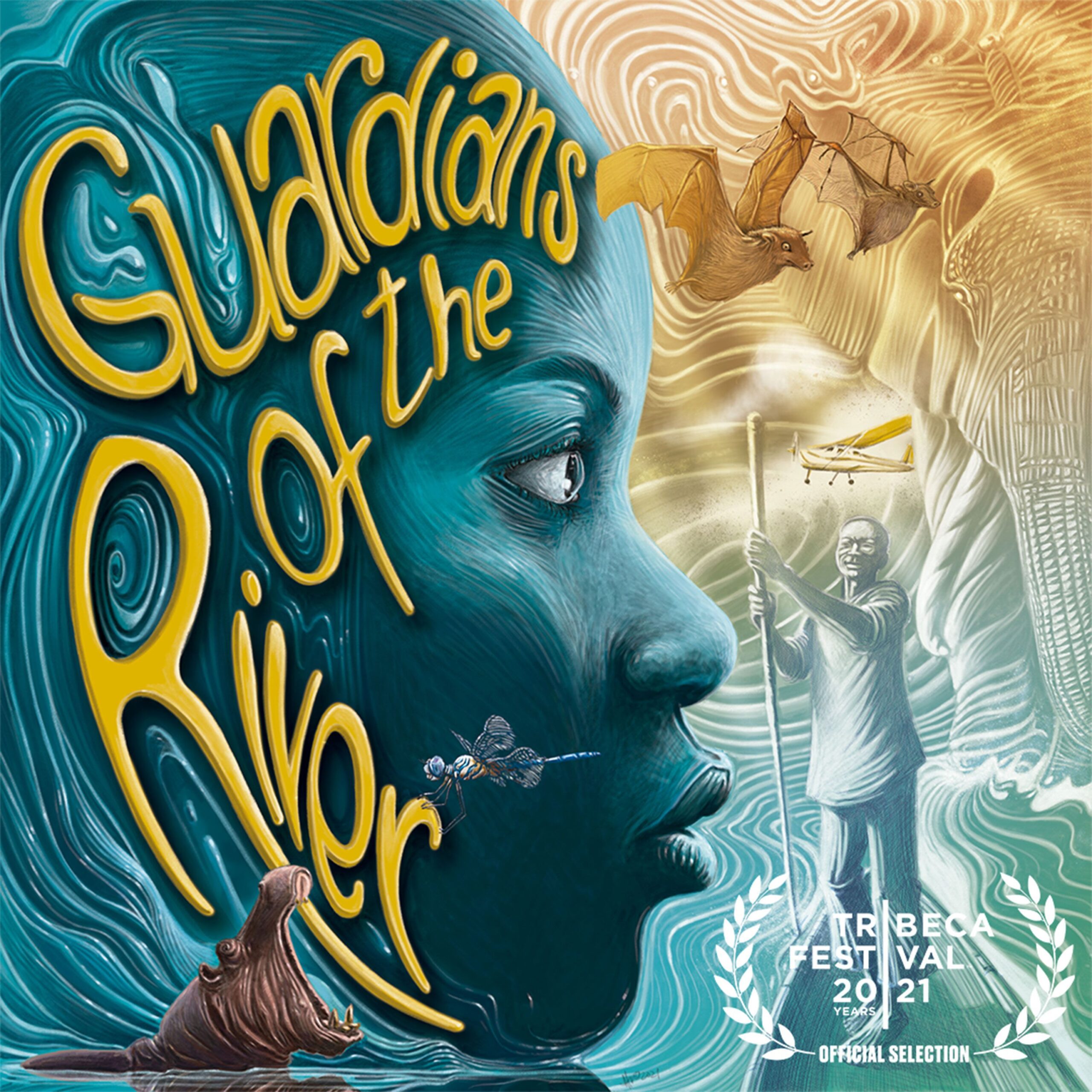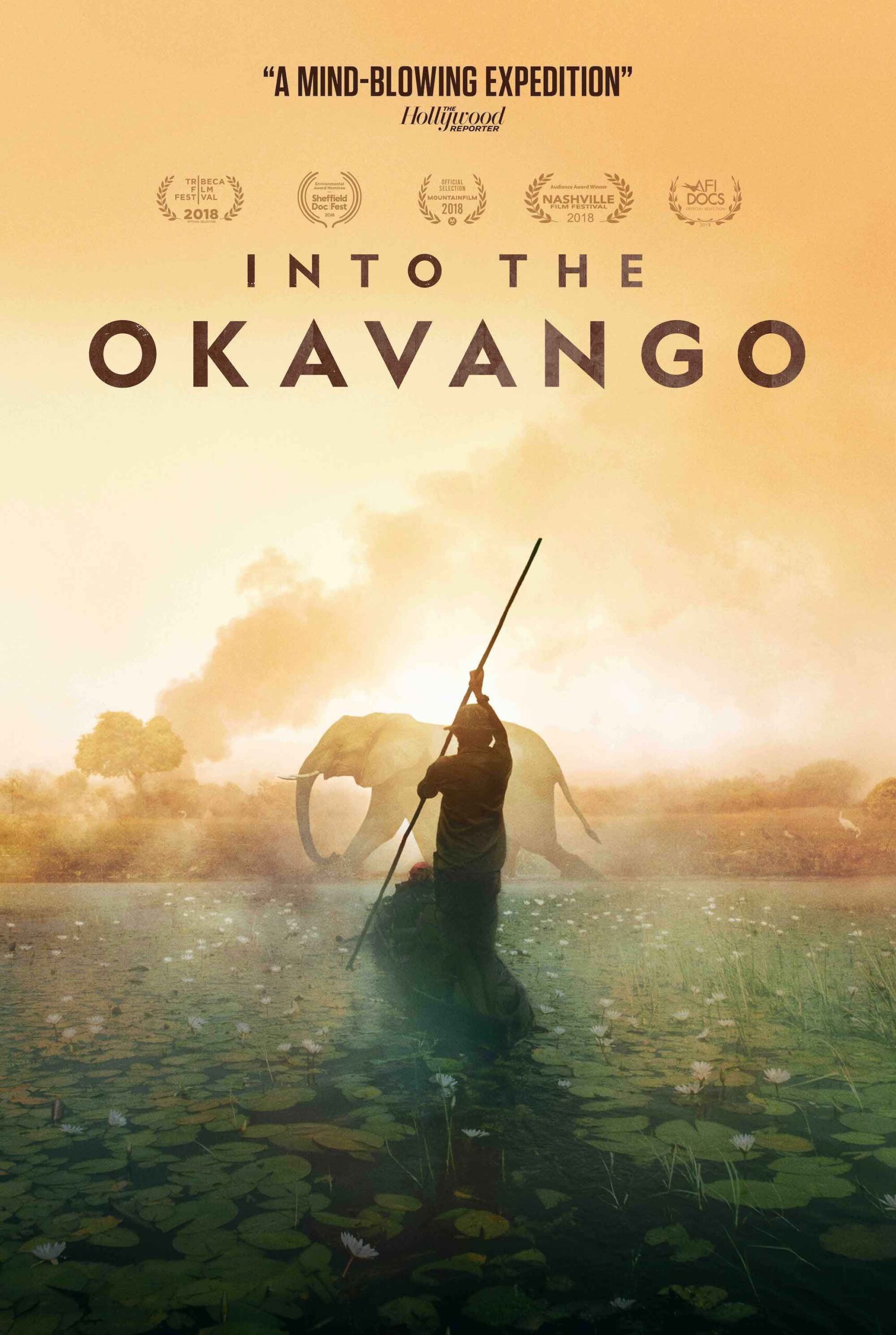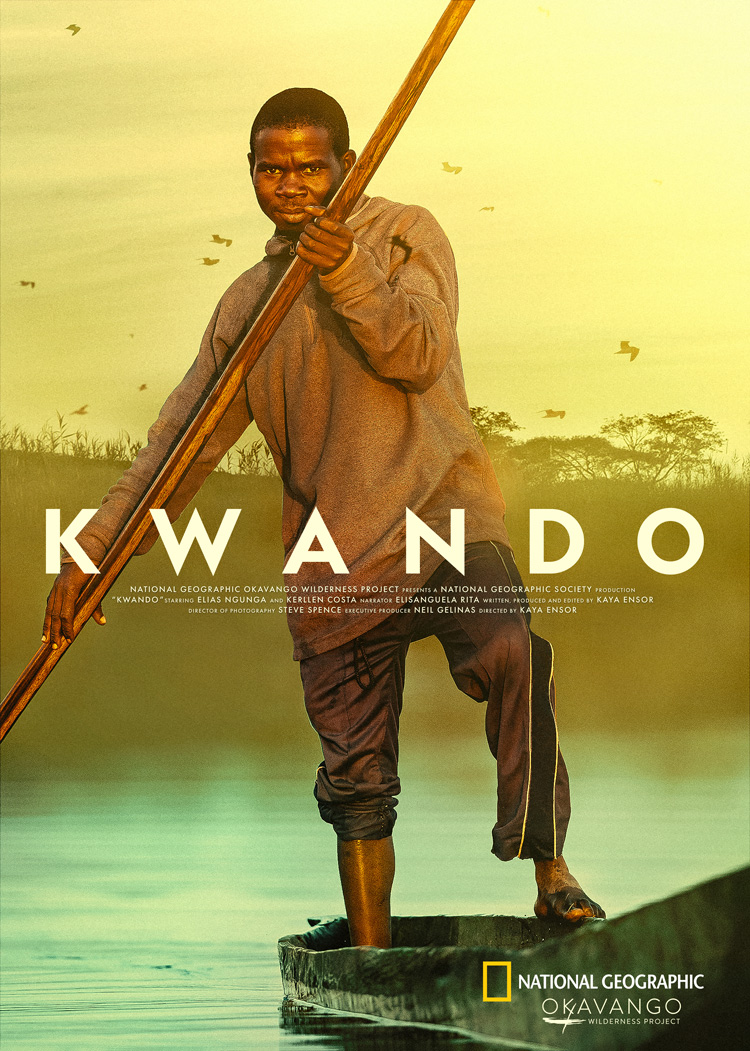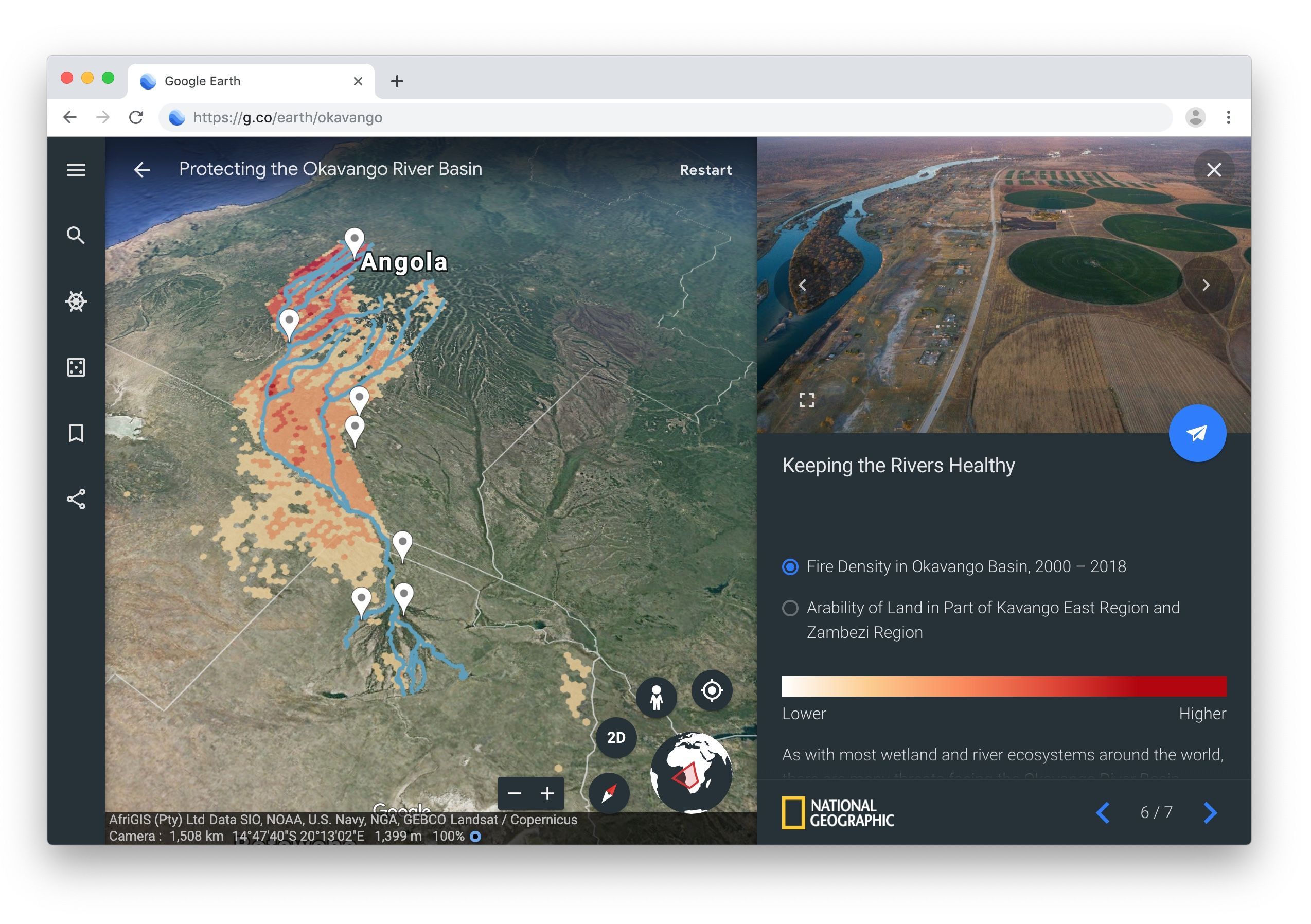NATIONAL GEOGRAPHIC
OKAVANGO WILDERNESS PROJECT
An Oasis in the Desert
In the heart of southern Africa, the Kalahari Desert gives way to one of the world’s largest wetlands as seasonal rains from Angola’s highlands flood northern Botswana’s Okavango Delta each year.DOCUMENTARY FILM
Nkashi: Race for the Okavango
Nkashi: Race for the Okavango shows the triumphs and challenges of three mokoro (dugout canoe) polers, celebrates cultural heritage, and illuminates the importance of protecting the Okavango Delta – one of the most unique wetlands in the world. This feature length documentary was made in Botswana, in Setswana, in close collaboration with a team of Batswana filmmakers.
WHY IT MATTERS
The Okavango Basin is the main source of water for a million people and is one of the most biodiverse places in Africa. It supports the world’s largest remaining elephant population as well as lions, cheetahs, wild dogs, hundreds of species of birds, and much more.
WHAT WE’RE DOING
NGOWP has been surveying and collecting scientific data on the river system and working with local communities; NGOs; and the governments of Angola, Namibia, and Botswana to secure permanent, sustainable protection for the greater Okavango Watershed.
WHO WE ARE
The National Geographic Okavango Wilderness Project (NGOWP) has been surveying and collecting scientific data on the river system and working with local communities; NGOs; and the governments of Angola, Namibia, and Botswana to secure permanent, sustainable protection for the greater Okavango Watershed.
Guardians of the River
DOCUMENTARY FILM
Into the Okavango
Follow the story of the Okavango Wilderness Project, produced by National Geographic Documentary Films. Into the Okavango is now streaming on Disney+ and is available for purchase on Amazon, Apple/iTunes, GooglePlay, and Vudu.
DOCUMENTARY FILM
Kwando
AN OASIS OF BIODIVERSITY
The Okavango Delta is one of the largest freshwater wetlands in southern Africa and is home to over 1,000 species of plants, more than 480 species of birds, 130 species of mammals, and numerous species of reptiles and fish. In the Angolan highlands, where the source of the Okavango originates, NGOWP has recorded 53 species new to academic science, more than 81 species potentially new to science, and more than 143 species previously unknown in Angola.
BIRDS
The Delta is recognized as an Important Bird Area by BirdLife International as it is home to 24 species of globally threatened birds. The expedition team has documented 480 bird species, including four new species records for Angola, and collected data for 66 range extensions. Their bird surveys continue to add important data to the regional bird list including a newly discovered breeding population of the vulnerable wattled crane.
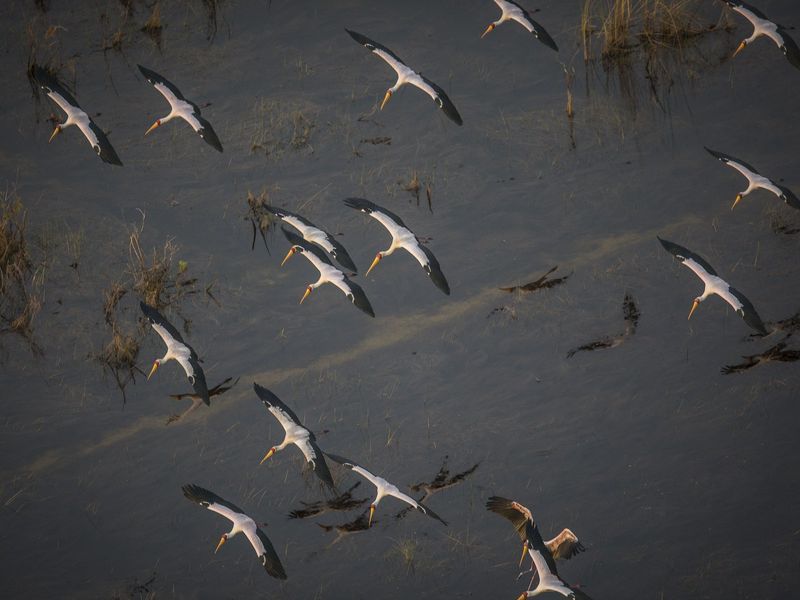
The delta is recognized as a RAMSAR Wetland of International Importance and an Important Bird Area.
PHOTOGRAPH BY CORY RICHARDS/NATIONAL GEOGRAPHIC
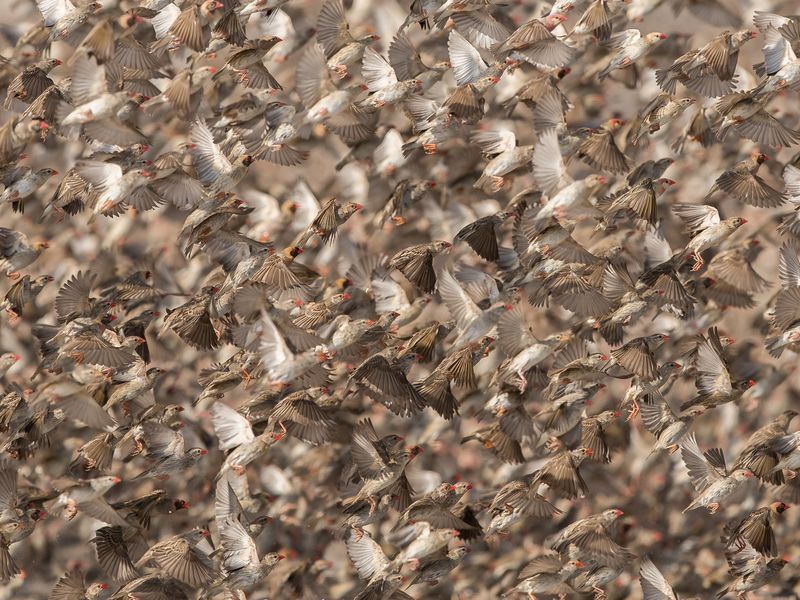
The team’s surveys resulted in the inclusion of the newly discovered breeding population of the vulnerable wattled crane into the regional bird list.
PHOTOGRAPH BY JAMES KYDD
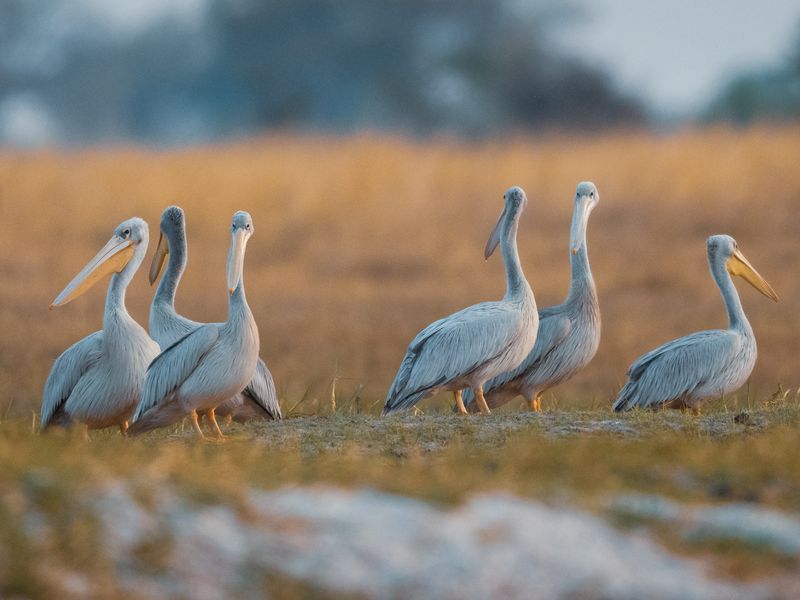
This squadron of juvenile Great white pelicans is one of many bird species who inhabit the Okavango Delta.
PHOTOGRAPH COURTESY ANGOLA IMAGE BANK
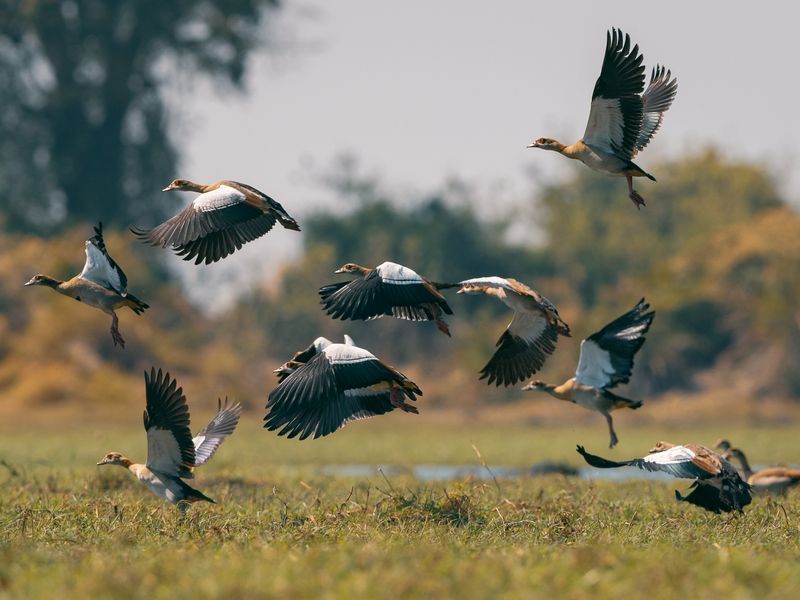
The expedition team documented 480 bird species, including four new species records for Angola.
PHOTOGRAPH COURTESY ANGOLA IMAGE BANK
MAMMALS
Leopards, spotted hyenas, red lechwe, roan antelope, and sitatungas are widespread throughout the Okavango Delta. Some of the world’s most endangered animals like cheetahs and African wild dogs can be found here, as well as stable populations of iconic species such as elephants and lions.
The NGOWP’s camera traps confirmed the presence of the lion, cheetah, leopard, and critically endangered African wild dog in areas as far north as the Cuito and Kembo Rivers’ source lakes. This has led to the expansion of the known range for wild dogs and cheetahs.
Another of the team’s camera traps recorded the first confirmation of sable antelope around the source lake of the Cuanavale River, a location more than 300 kilometers north of their current range. This has sparked new scientific discussion on the relative distribution of this species.
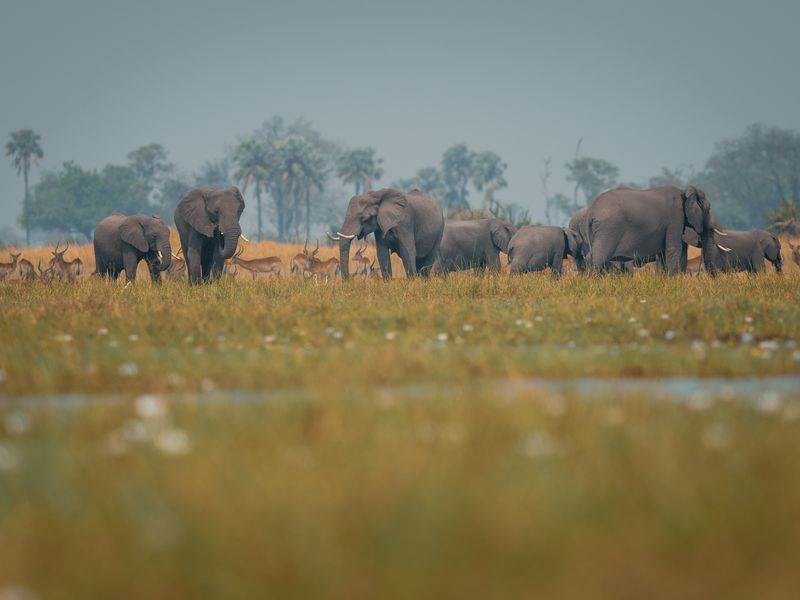
PHOTOGRAPH BY KOSTADIN LUCHANSKY
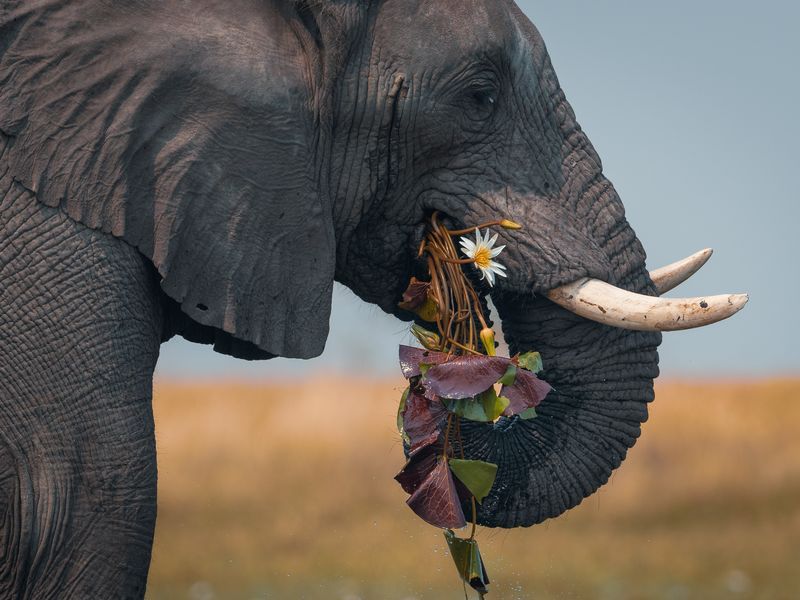
PHOTOGRAPH BY KOSTADIN LUCHANSKY
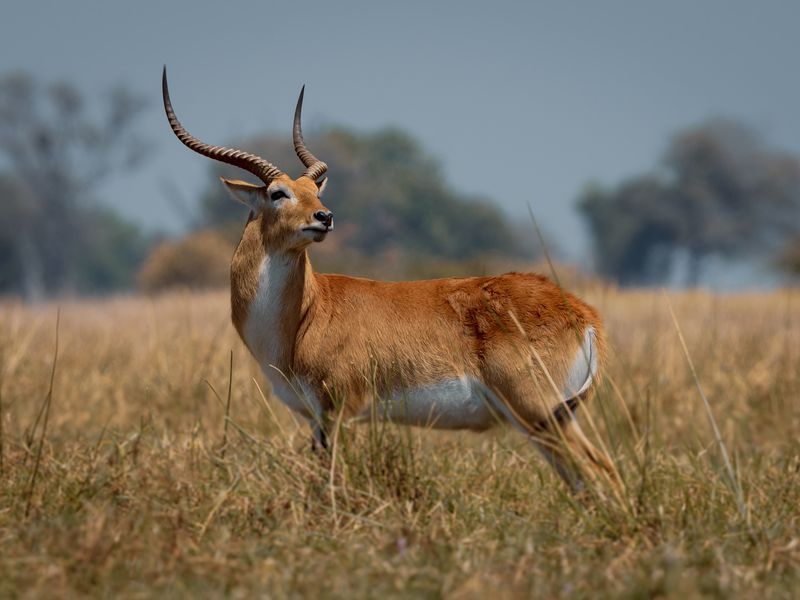
PHOTOGRAPH BY KOSTADIN LUCHANSKY
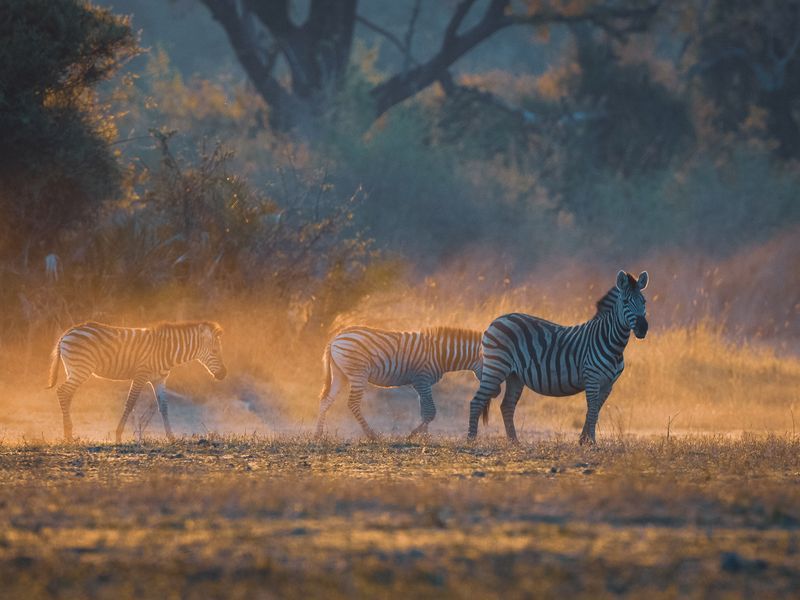
PHOTOGRAPH BY KOSTADIN LUCHANSKY
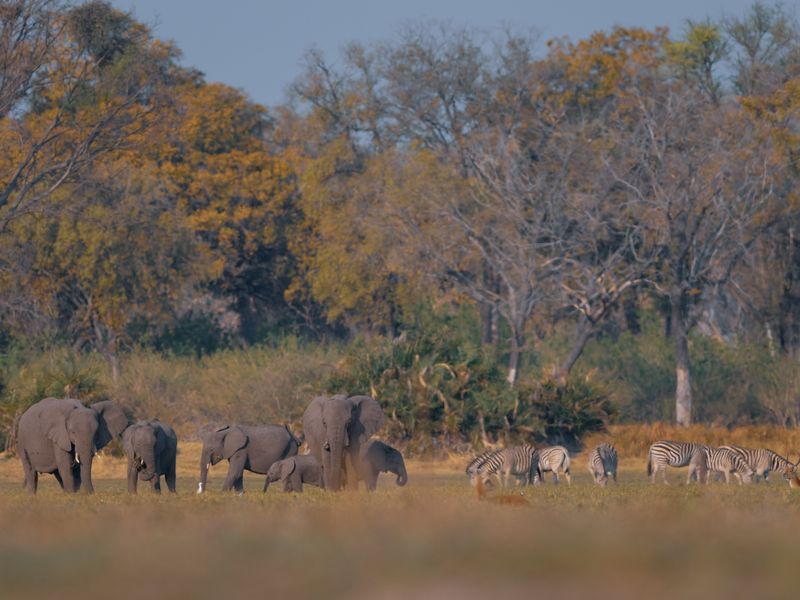
PHOTOGRAPH BY KOSTADIN LUCHANSKY
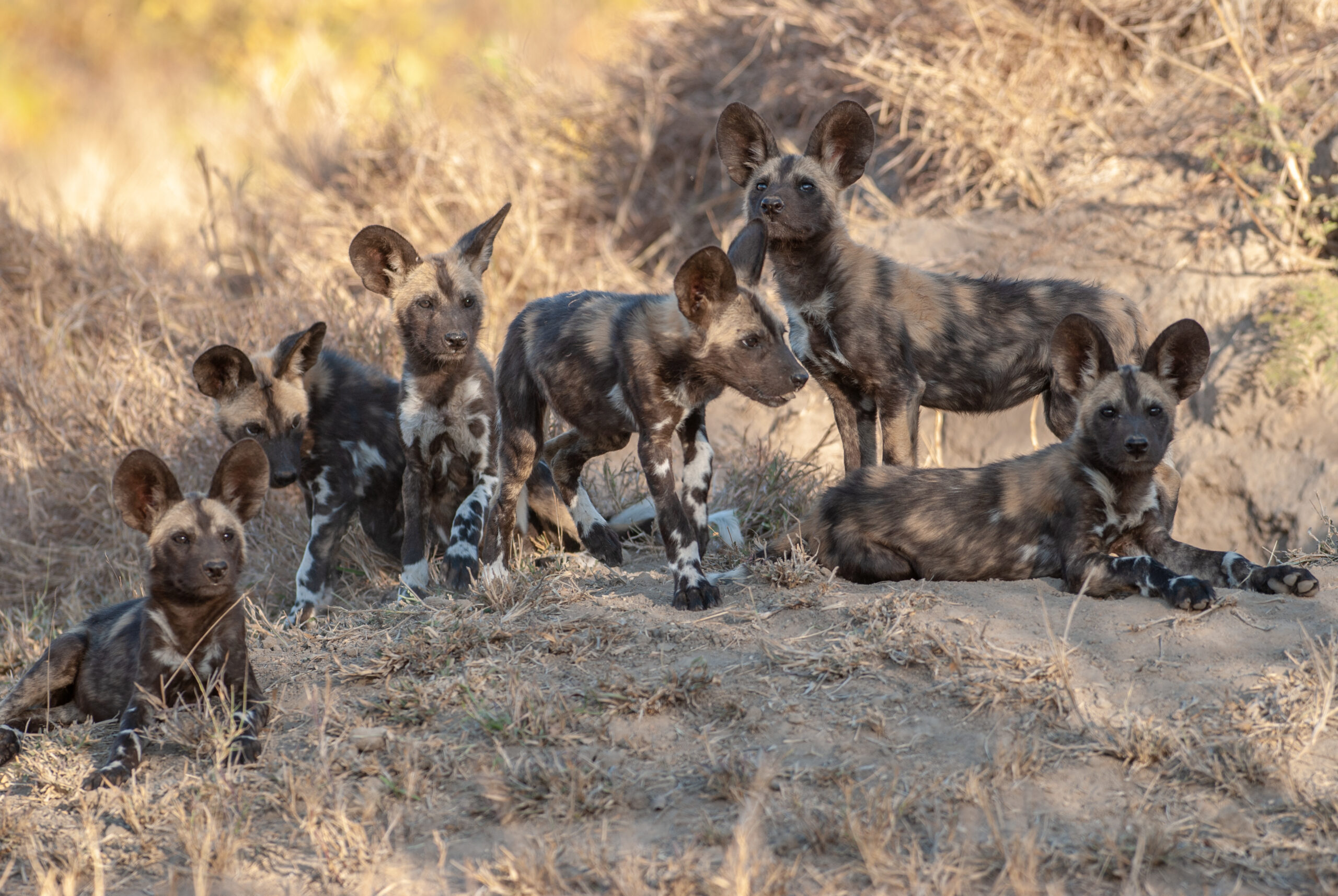
The crown jewel of the Delta is the world’s largest remaining population of elephants, numbering around 130,000, whose movements shape and reshape the Delta’s channels.
The team confirmed the presence of elephants in the upper reaches of the water tower, between the Cuito and Cuando Rivers. This observation indicates that remnants of the great, historic Angolan population still survive and can once again flourish if the area is protected. This could help reduce the ecological pressures that Botswana’s large elephant population is exerting on the environment, which exceeds its carrying capacity, due in part to the Angolan population taking refuge there from poaching and the country’s civil war. Securing a home in Angola for these elephants would allow them to safely migrate back into the Okavango-Zambezi Water Tower.
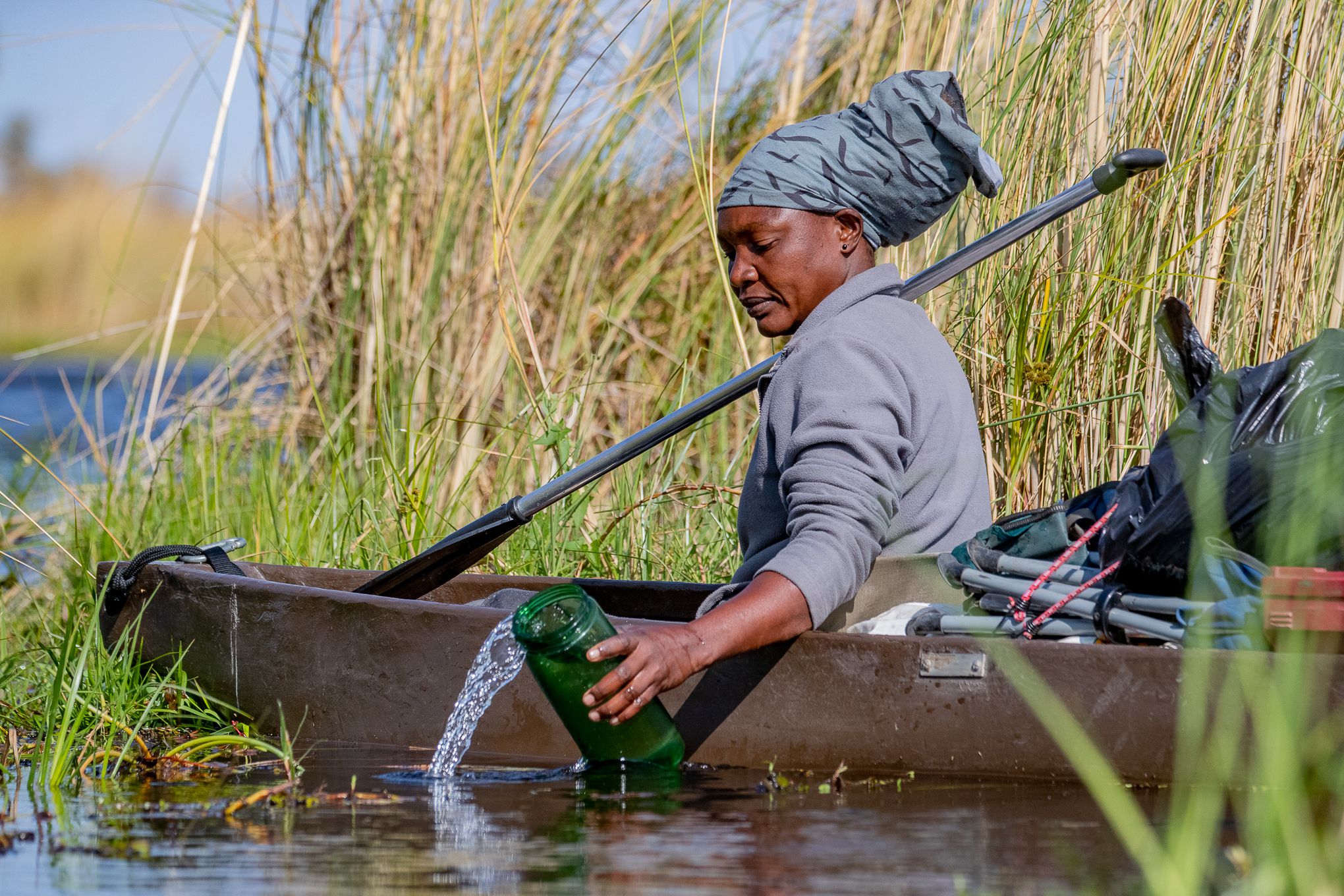
PEOPLE & COMMUNITIES
The Okavango River Basin is the main water source for one million people across Botswana, Namibia, and Angola. The Delta is also a major tourist attraction, and provides an important source of income and employment for people living in the communities along the river.
THE RIVER SYSTEM
The Okavango Delta is the main source of water for a million people and is one of the most biodiverse places in Africa. It supports the world’s largest remaining elephant population as well as lions, cheetahs, wild dogs, hundreds of species of birds, and much more.
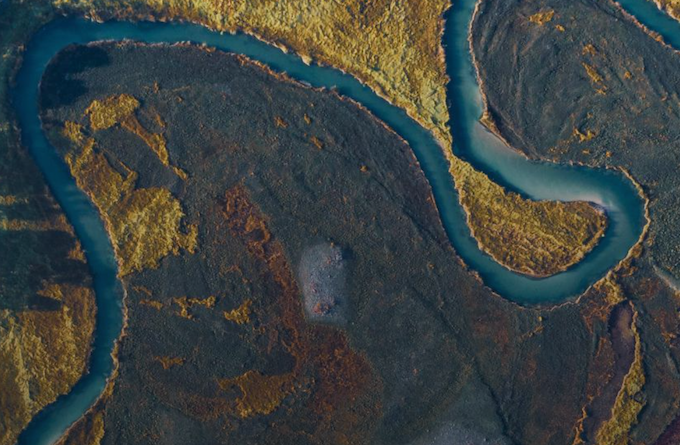
Lifeline of the Okavango Delta
The Okavango Delta, a vast fan-shaped wetland located in the Kalahari Desert, receives its life-giving waters from a water tower in the highlands of Angola.
The term “water tower” refers to a water supply stored in mountains or highlands as snow, glaciers, or natural reservoirs, such as lakes.
FROM THE WATER TOWER TO THE DELTA
An average of 2.5 trillion gallons of water flow through the Okavango watershed every year, providing water to a million people and creating a haven for wildlife.
Over 95 percent of the water that flows to the Delta originates from rainfall in the Angolan highlands. There it is captured by source lakes and rivers like the Cuito, Cuanavale, Cuiva, Cuando, and Lungue-Bungo, that are surrounded by vast miombo woodlands creating an ecosystem characterized by seepages, streams, oxbow lakes, and ridgelines that make up the Okavango-Zambezi Water Tower. The water tower is critically important for sustaining water flow to the rest of the Okavango watershed.
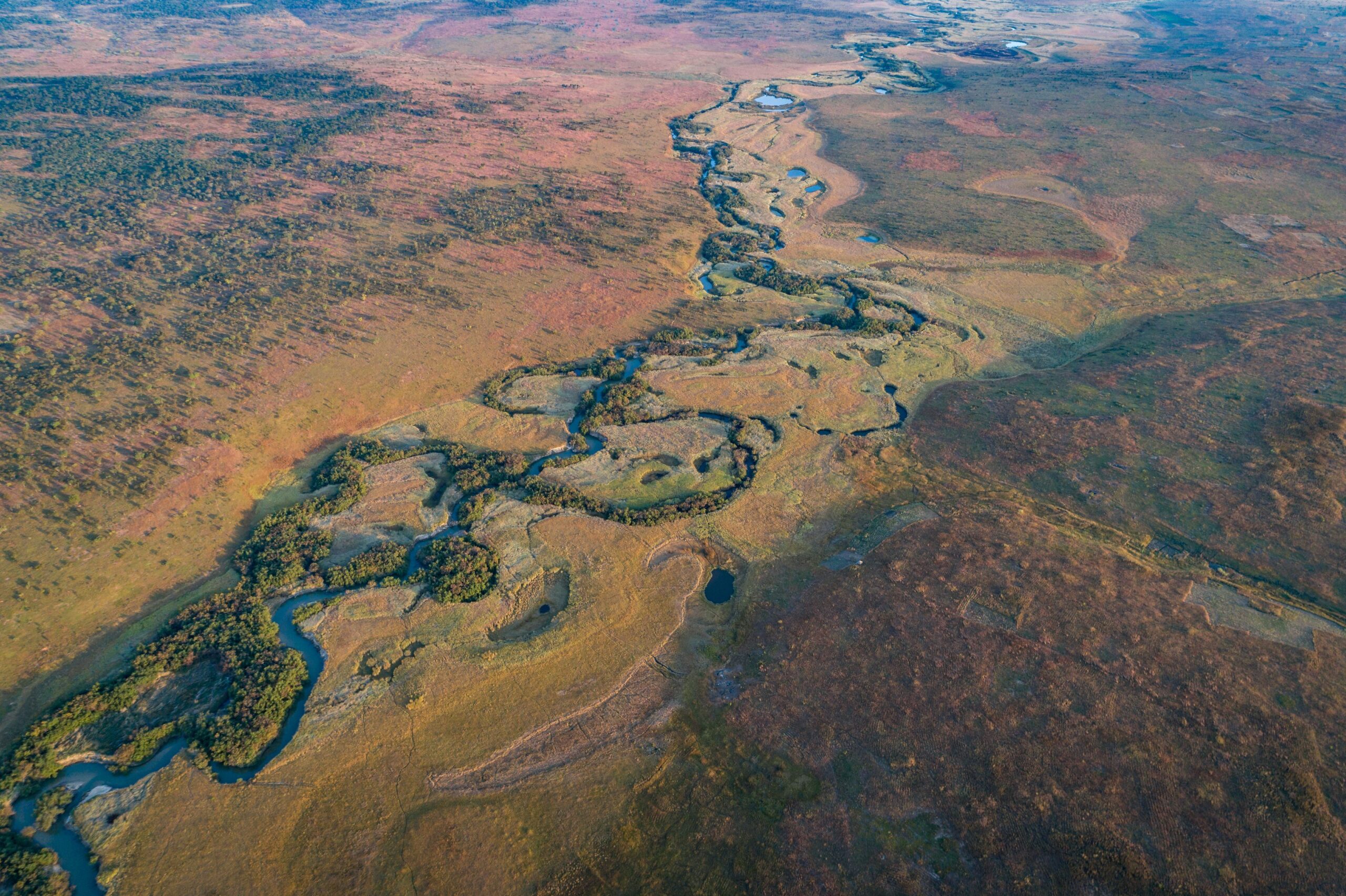
Over 95 percent of the water that flows to the Delta originates from the rainfall in the Angolan highlands.
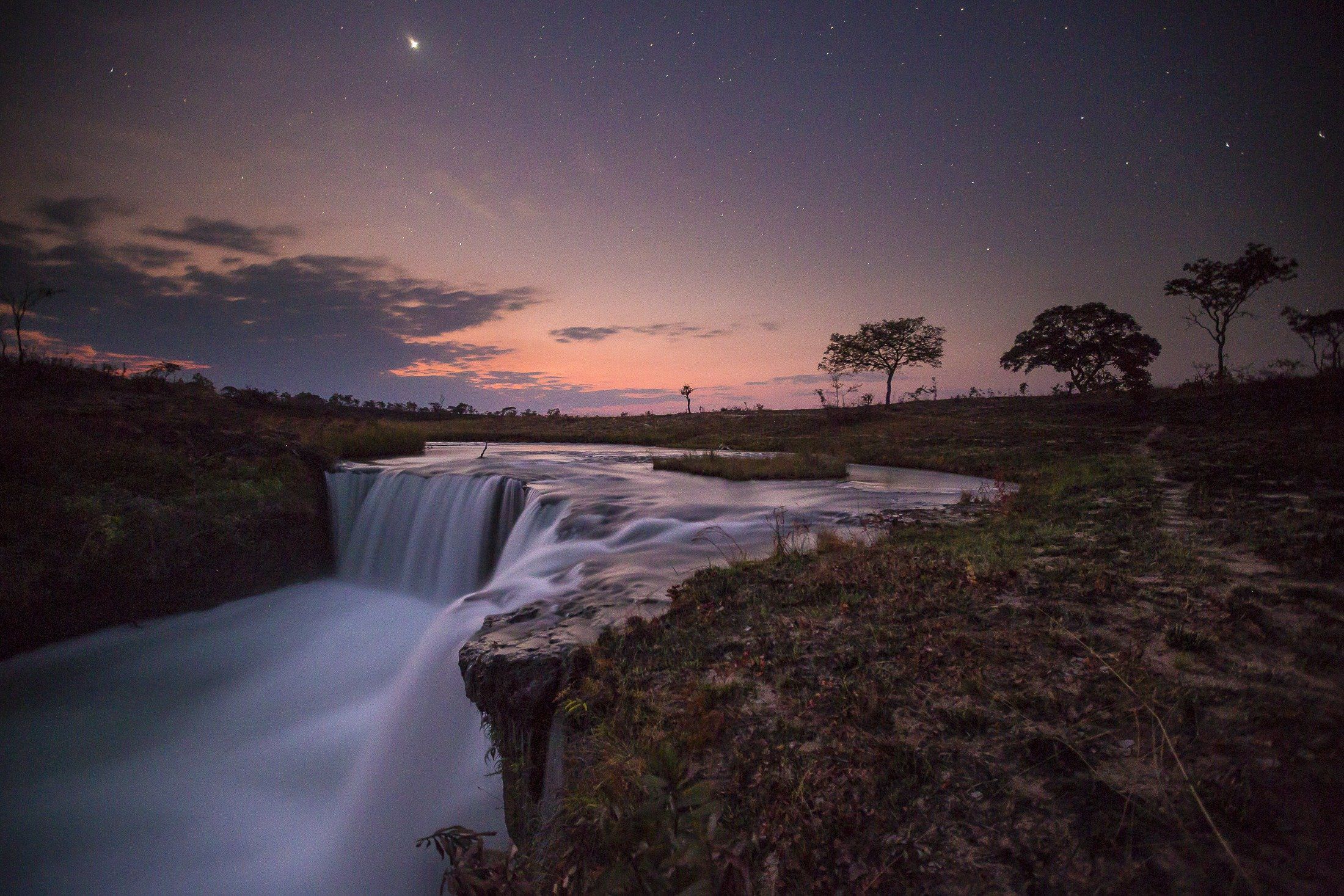
The seasonal rains travel to the Okavango Delta by two main rivers: the steep Cubango River in the west and the more gradual Cuito River in the east, where water pools into lakes; percolates through grassy floodplains, peat deposits, and underlying sand; and seeps into tributaries.
These rivers converge at the southern border of Angola to form the Okavango River. The Okavango River then flows across Namibia and into Botswana, where it radiates out over the vast Okavango Delta, driving the dramatic seasonal expansion of life in the Delta.
After building up for weeks in the Delta, flood waters eventually burst forth from its southern reaches, forming the Boteti River, which flows out to the Makgadikgadi Pan.
PLANTS
The team’s comprehensive surveys have resulted in the discovery of 14 plant species potentially new to science and 27 species newly recorded for Angola, filling one of the largest gaps in botanical knowledge on the African continent.
The team also identified previously undocumented, large-scale stratified peat deposits surrounding the source lakes and rivers. These extensive peatlands act like a giant sponge absorbing both carbon dioxide and water, which is essential for sustaining the year-round flow of freshwater into the Okavango, Cuando, Zambezi, and Kwanza Rivers and ensuring that fish and wildlife can endure prolonged periods of drought.
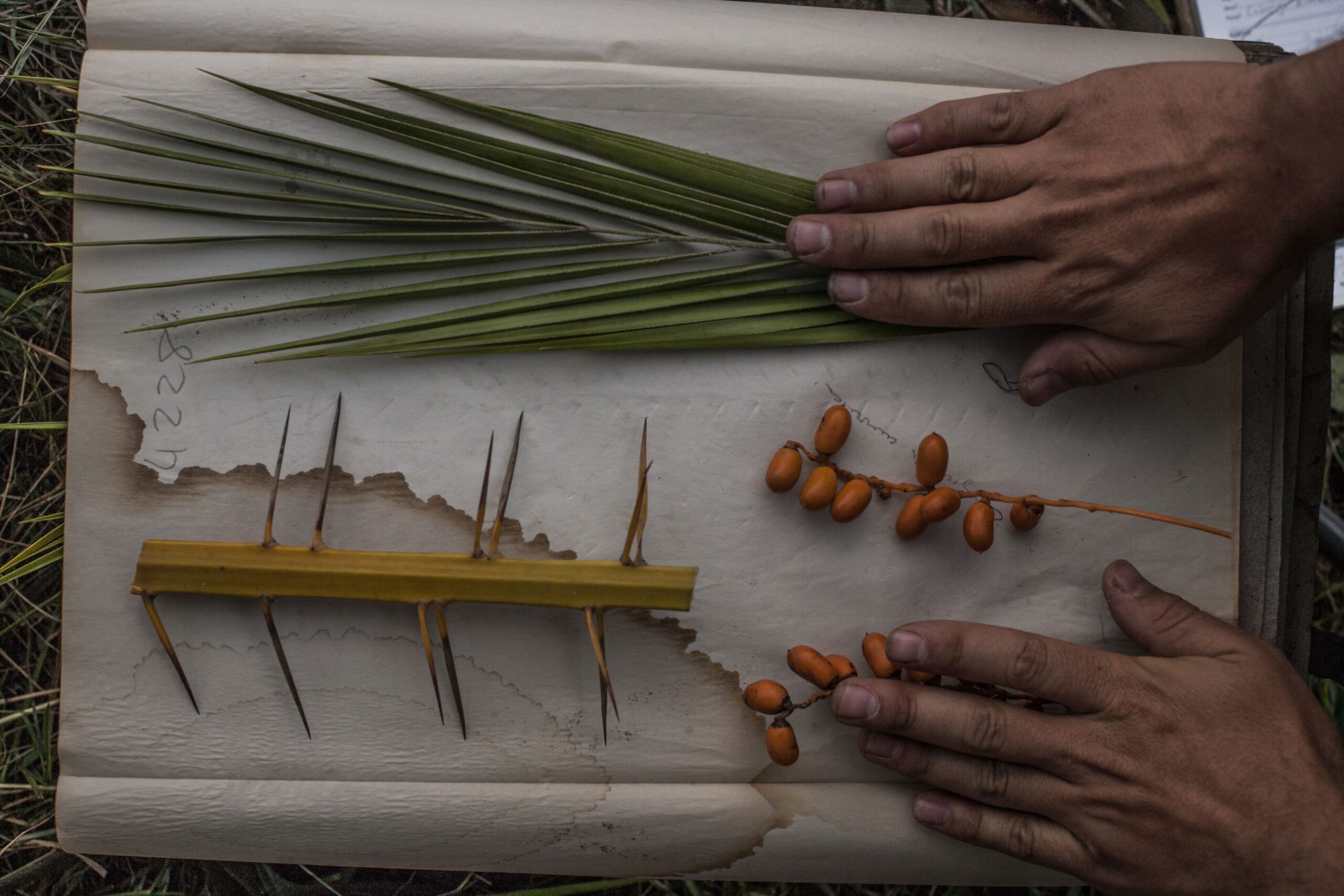
EMERGING THREATS
Communities along the water tower have maintained a lifestyle intertwined with the rivers and the ecosystem they support. But as land mines from the decades-long civil war are decommissioned and more roads open up, the outside world is encroaching into these isolated communities and the surrounding wilderness. As a result, the illegal commercial bushmeat trade has picked up, as have unregulated development, charcoal production, and logging.
Widespread, human-set fires from hunting, slash-and-burn agriculture, and charcoal production represent one of the greatest threats to the source waters.
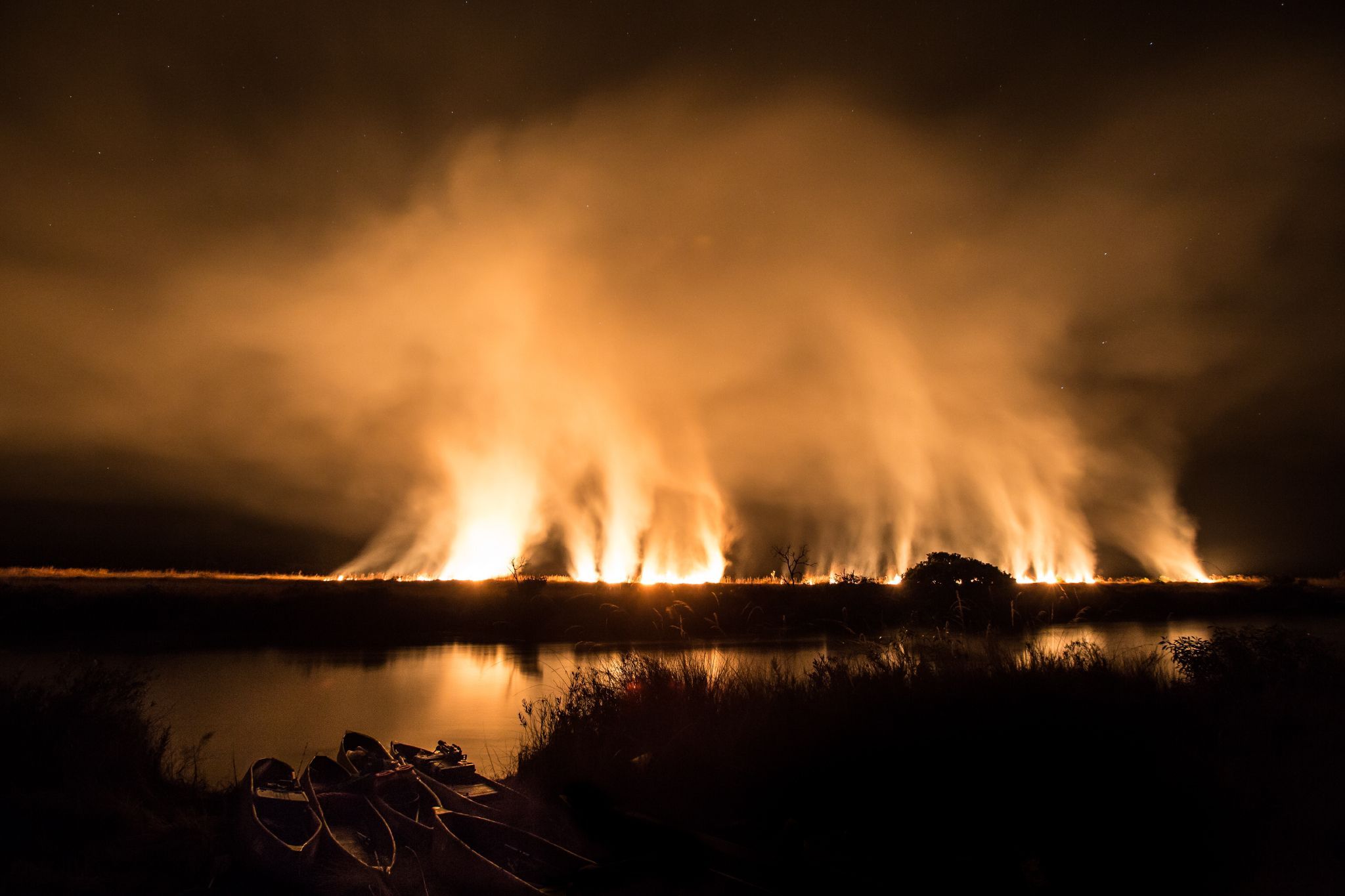
PHOTOGRAPH BY JAMES KYDD
PROTECTING THE OKAVANGO RIVER BASIN
In partnership with Google, National Geographic’s Voyager story uses newly visualized Human Impact data and on-the-ground storytelling from our Okavango Wilderness Project expeditions to show real-world solutions for better protecting natural resources and wildlife.
WHO WE ARE & OUR WORK
The NGOWP is committed to securing permanent, sustainable protection for the greater Okavango River Basin, from the source waters in the highlands of Angola, to the Delta in Botswana. Since 2015, NGOWP has been working with local communities; NGOs; and the governments of Angola, Namibia, and Botswana to realize this vision.
SUPPORTING LOCAL ACTION
The NGOWP is working to support the Angolan government and its Ministries of Tourism and Environment in protecting these remote watersheds and developing and implementing a conservation plan for the Okavango system.
In addition to working with regional governments, NGOWP has partnered with regional secretariats, NGOs, and local communities to help establish community-based alternative livelihood cooperatives for sustainable agriculture and forestry, watershed management, infrastructure development, education outreach, healthcare, energy and information technology, and protected areas management to support a conservation-based local economy.
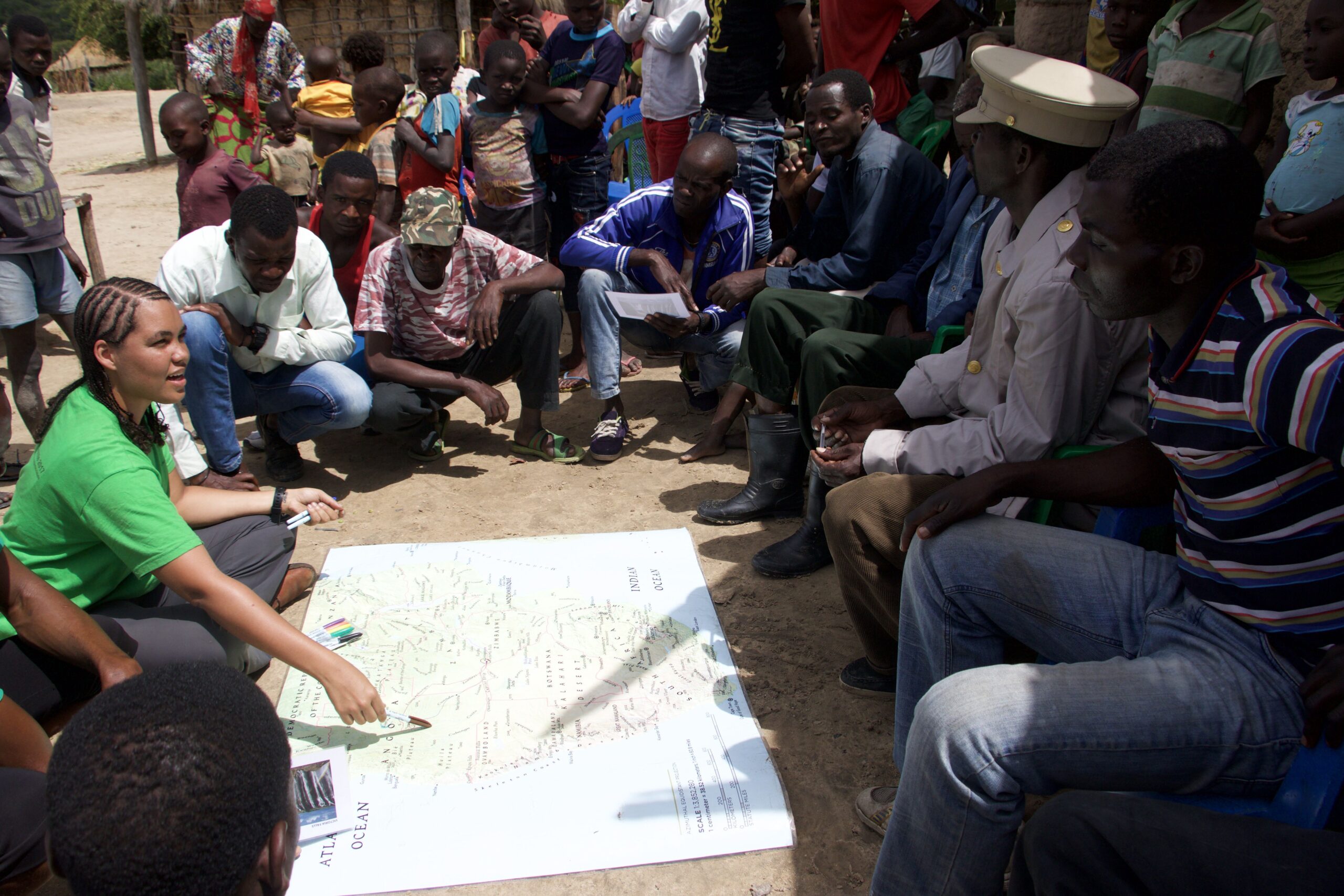
PHOTOGRAPH BY KOSTADIN LUCHANSKY
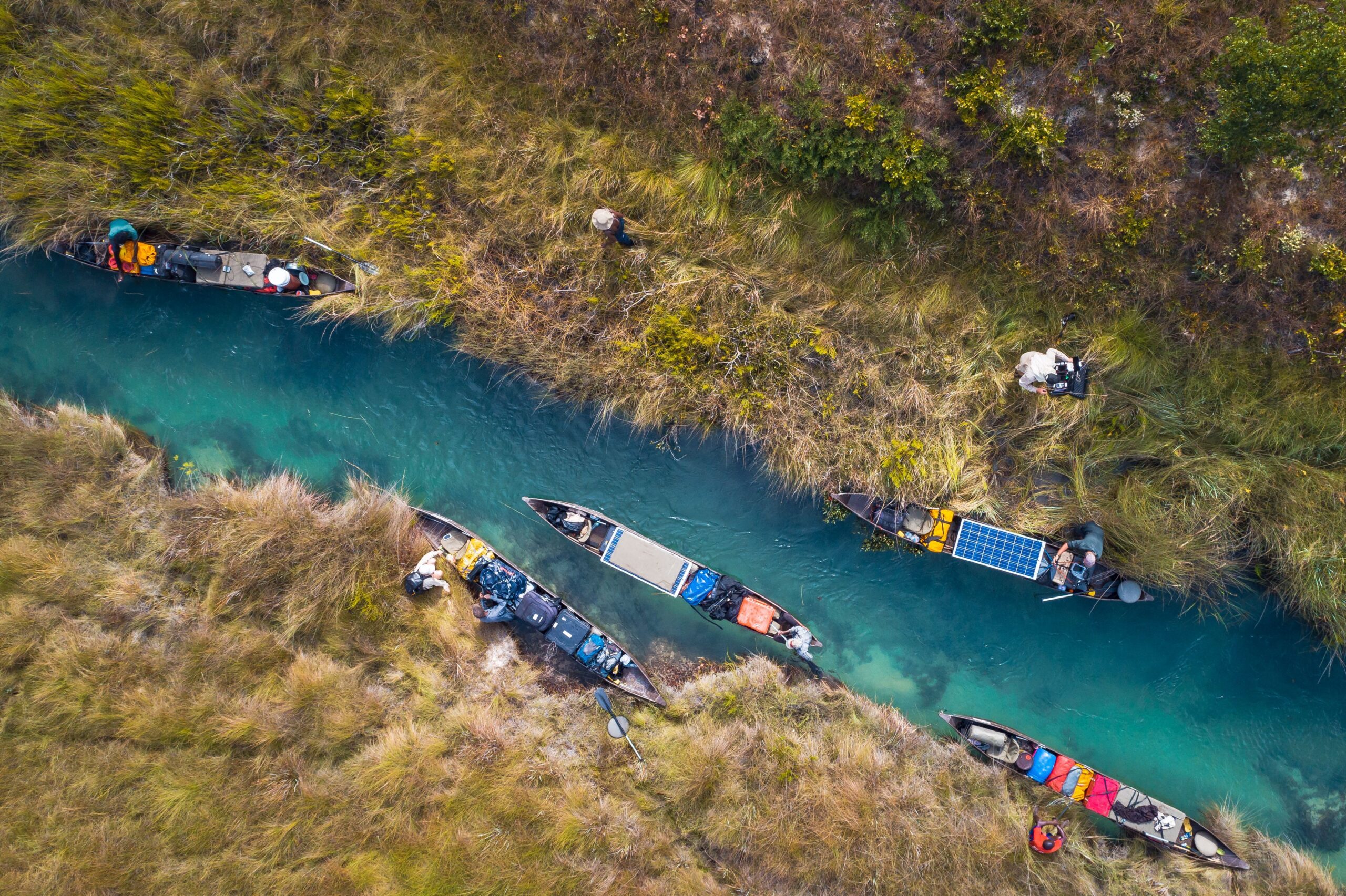
PHOTOGRAPH BY KOSTADIN LUCHANSKY
EXPEDITIONS
Since 2015, the NGOWP team has completed 12 ambitious multi year expeditions covering more than 13,000 kilometers on foot, in dug-out mekoro (canoes), on fat-tire bikes, and on motorcycles from the highlands of Angola—where the source waters of the Okavango Delta originate—to the salt flats of the Makgadikgadi Pan, where the waters reach their terminus.
Year after year, they document the Okavango ecosystem like never before, accumulating vast amounts of data to make it available for scientists, policymakers, educators, and anyone else to explore and use. Their work provides an important baseline for this little-known area—and is essential for securing its permanent protection.
MOST RECENT EXPEDITION
2022 ANNUAL OKAVANGO DELTA CROSSING
The team is currently undertaking its 12th annual crossing of the Okavango Delta. On this year’s crossing, they are traveling along two different routes simultaneously: one in the east from Seronga to Daonara, and one in the west from Mopiri to Maun.
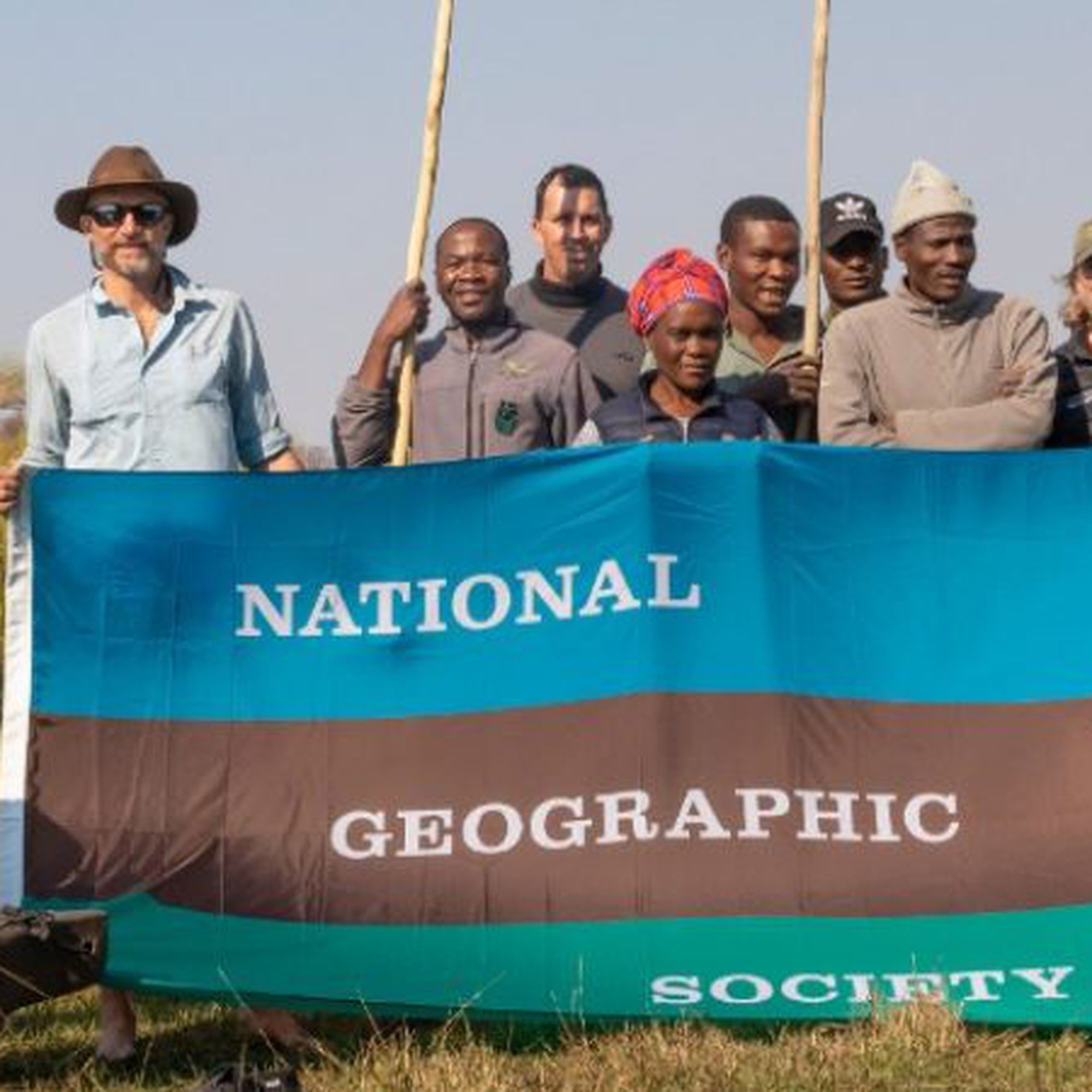
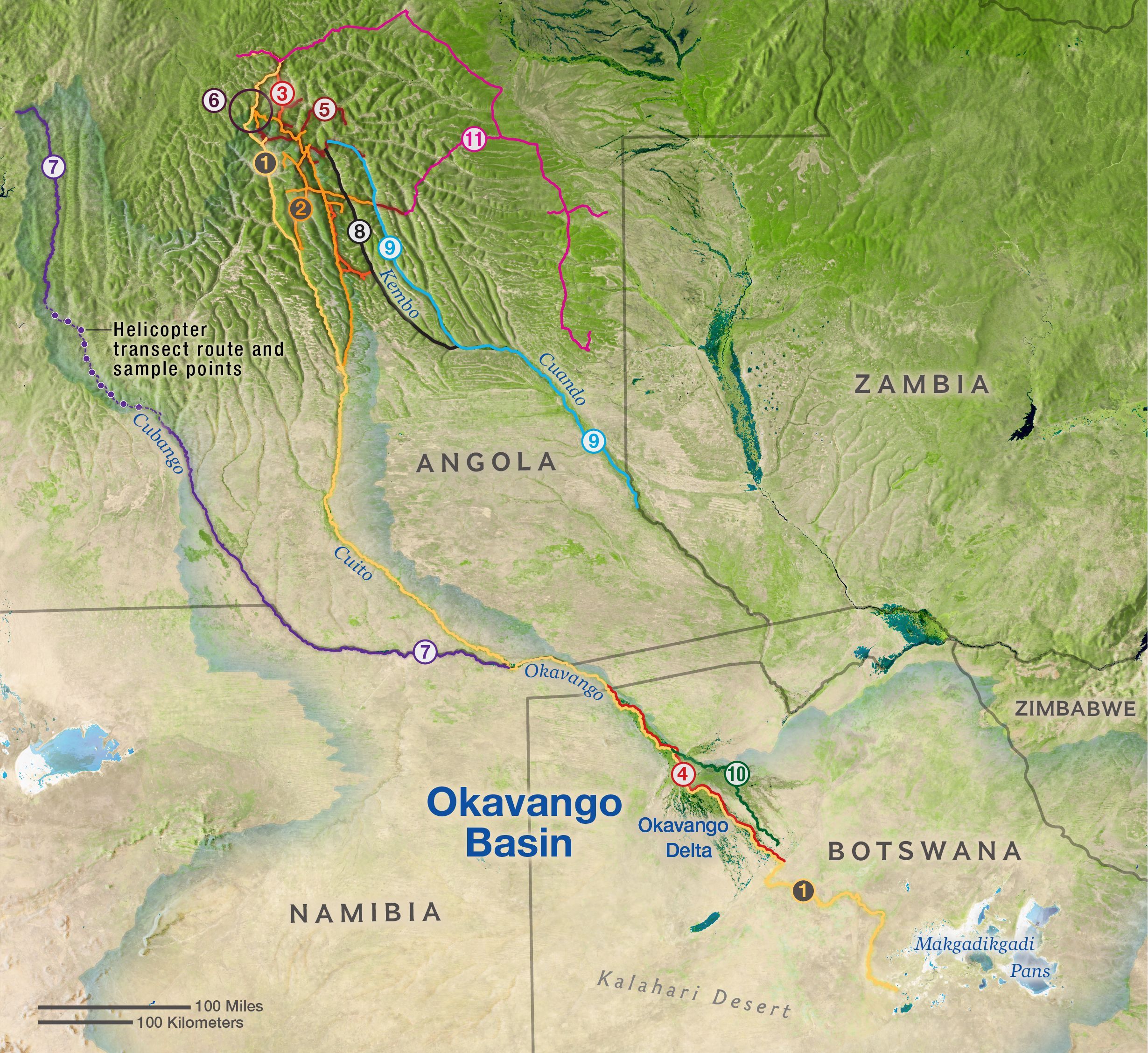
MAP BY NGS STAFF
PAST EXPEDITIONS
2015 Expedition
2016 Expeditions
2017 Expeditions
2018 Expeditions
- 8 ——— May-June: Kembo River Megatransect
- 9———May-August: Cuando River Megatransect
- 4——— September: Annual Delta Crossing
2019 Expeditions
- 10———July-August: Annual Delta Crossing
- 11———Sept-Oct: Mussuma track
MEET THE TEAM
NGS STAFF
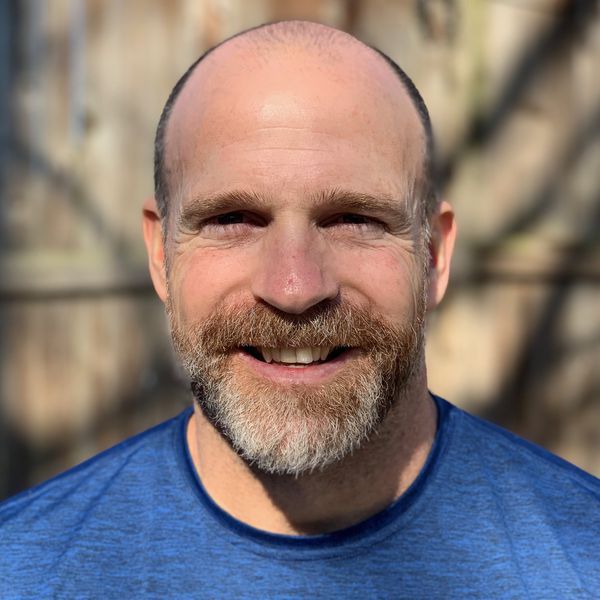

Mike Beckner
Senior Program Manager
With over a decade of experience on the ground and with local partners, Mike Beckner helps advance National Geographic Okavango Wilderness Project goals. He has extensive experience in conservation projects across eastern and southern Africa, and works in close collaboration with a wide range of colleagues across the Society, the government of Angola, and the Wild Bird Trust.
Mike Beckner
Senior Program Manager
With over a decade of experience on the ground and with local partners, Mike Beckner helps advance National Geographic Okavango Wilderness Project goals. He has extensive experience in conservation projects across eastern and southern Africa, and works in close collaboration with a wide range of colleagues across the Society, the government of Angola, and the Wild Bird Trust.Senior Program Manager
WILD BIRD TRUST
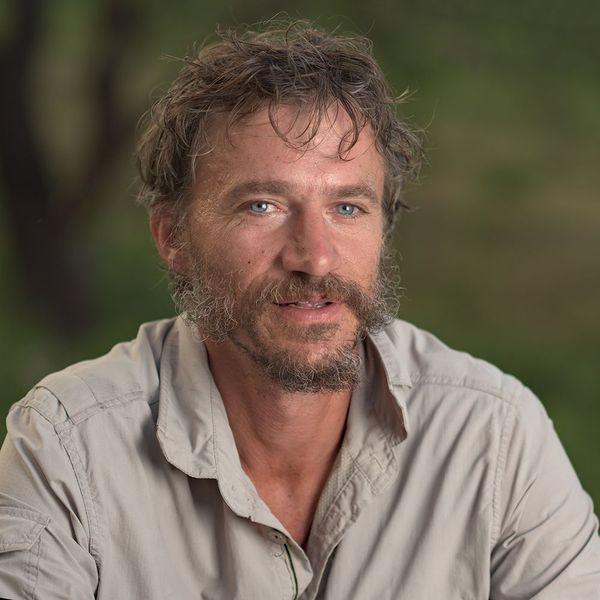

Steve Boyes
Project Leader, National Geographic Explorer
South African conservation biologist and National Geographic Explorer Steve Boyes is the founder and chairman of The Wild Bird Trust and leader of the National Geographic Okavango Wilderness Project. With a passion for wilderness and restoration, he works to safeguard the Okavango Delta by leading expeditions to learn more about the ecosystem, and working with local community and government leaders. This work is vital in order to embark on a community-led process of creating a network of protected areas across the project area in southeastern Angola.
Steve Boyes
Project Leader, National Geographic Explorer
South African conservation biologist and National Geographic Explorer Steve Boyes is the founder and chairman of The Wild Bird Trust and leader of the National Geographic Okavango Wilderness Project. With a passion for wilderness and restoration, he works to safeguard the Okavango Delta by leading expeditions to learn more about the ecosystem, and working with local community and government leaders. This work is vital in order to embark on a community-led process of creating a network of protected areas across the project area in southeastern Angola.Project Leader, National Geographic Explorer
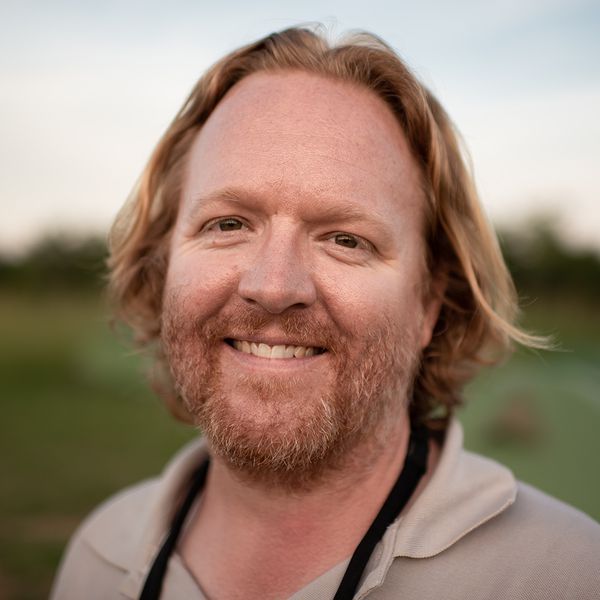

John Hilton
Project Director
John Hilton is CEO of The Wild Bird Trust and regional director of the National Geographic Okavango Wilderness Project. Hilton oversees the administration, human resources, finance, and logistics of the project. He also leads outreach efforts with government officials from the three countries in the Okavango River’s watershed to encourage protection of this fragile ecosystem. He has dedicated his life to protecting the African wilderness and sharing his deep appreciation of it with others.
John Hilton
Project Director
John Hilton is CEO of The Wild Bird Trust and regional director of the National Geographic Okavango Wilderness Project. Hilton oversees the administration, human resources, finance, and logistics of the project. He also leads outreach efforts with government officials from the three countries in the Okavango River’s watershed to encourage protection of this fragile ecosystem. He has dedicated his life to protecting the African wilderness and sharing his deep appreciation of it with others.Project Director
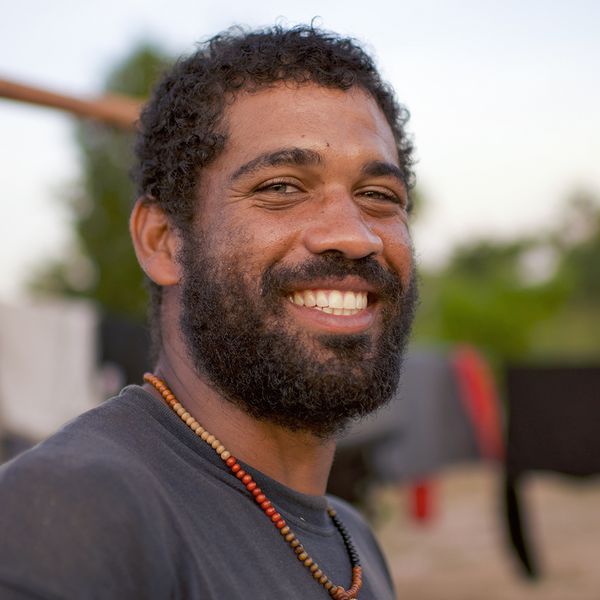

Kerllen Costa
Country Director – Angola
Kerllen Costa is the National Geographic Okavango Wilderness Project’s country director in Angola. Costa also works as a research assistant with the project’s science team while on expeditions and is a key link to the remote communities across the project area in southeastern Angola. A citizen of Angolan, he holds a B.Sc. in environmental science and biology from the University of KwaZulu-Natal in South Africa and has experience in zoology and botany.
Kerllen Costa
Country Director – Angola
Kerllen Costa is the National Geographic Okavango Wilderness Project’s country director in Angola. Costa also works as a research assistant with the project’s science team while on expeditions and is a key link to the remote communities across the project area in southeastern Angola. A citizen of Angolan, he holds a B.Sc. in environmental science and biology from the University of KwaZulu-Natal in South Africa and has experience in zoology and botany.Country Director – Angola
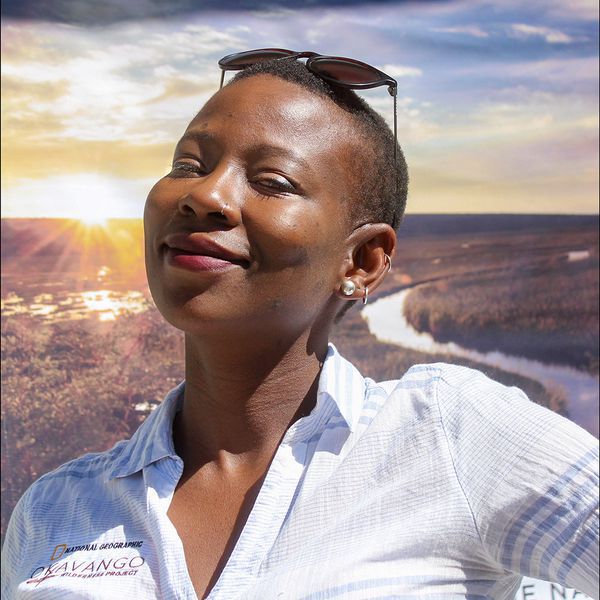

Koketso Mookodi
Country Director – Botswana, National Geographic Explorer
Koketso Mookodi is a conservation educator, community mentor, and the managing director for The Wild Bird Trust in Botswana. A citizen of Botswana, she works closely with communities in the Okavango Delta to educate and empower them on issues of conservation and sustainability. Mookodi has a degree in tourism management and is a Mandela Washington Fellow.
Koketso Mookodi
Country Director – Botswana, National Geographic Explorer
Koketso Mookodi is a conservation educator, community mentor, and the managing director for The Wild Bird Trust in Botswana. A citizen of Botswana, she works closely with communities in the Okavango Delta to educate and empower them on issues of conservation and sustainability. Mookodi has a degree in tourism management and is a Mandela Washington Fellow.Country Director – Botswana, National Geographic Explorer
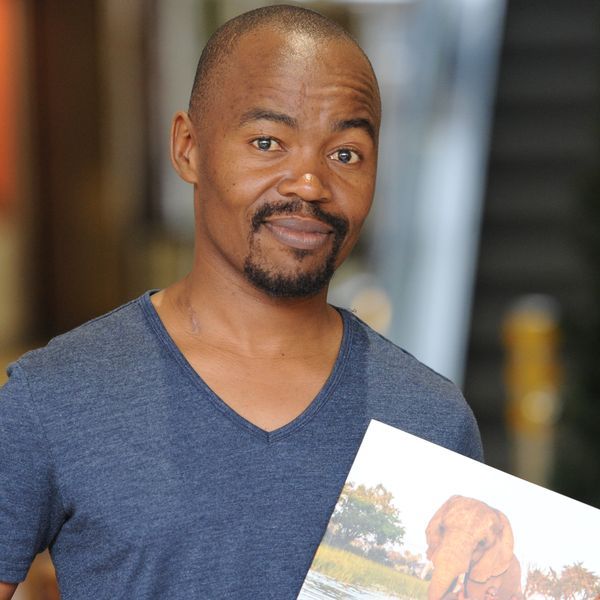

Thalefang Charles
Storytelling Manager, National Geographic Explorer
Thalefang Charles is a renowned photographer and travel writer from Botswana who has traveled extensively throughout Botswana and Africa. A journalist by trade, he works for local media houses writing content. Charles has joined the team on expeditions taking him to the source waters of the Okavango and through the beautiful Delta. Inspired by his love for travel, he recently wrote and published a book titled Botswana’s Top 50 Ultimate Experiences.
Thalefang Charles
Storytelling Manager, National Geographic Explorer
Thalefang Charles is a renowned photographer and travel writer from Botswana who has traveled extensively throughout Botswana and Africa. A journalist by trade, he works for local media houses writing content. Charles has joined the team on expeditions taking him to the source waters of the Okavango and through the beautiful Delta. Inspired by his love for travel, he recently wrote and published a book titled Botswana’s Top 50 Ultimate Experiences.Storytelling Manager, National Geographic Explorer
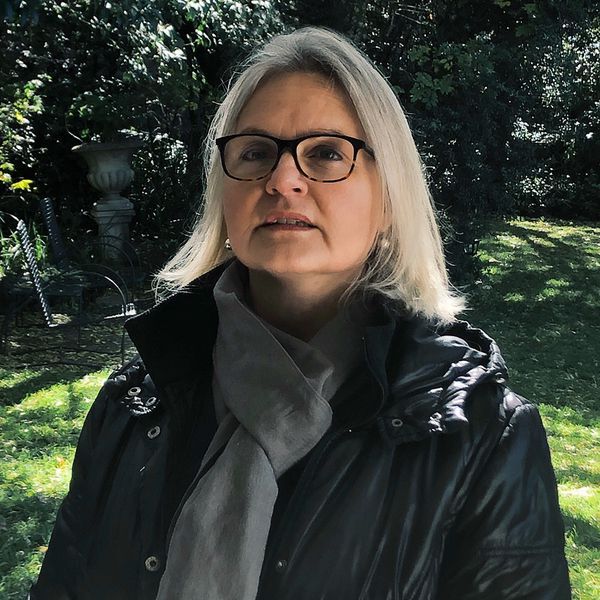

Sally-Ann Fraser
Project Administrator
As the general manager of the Wild Bird Trust, Sally-Ann Fraser manages human resources and administration. She also assists the team with expedition logistics, events, and other essential supporting functions.
Sally-Ann Fraser
Project Administrator
As the general manager of the Wild Bird Trust, Sally-Ann Fraser manages human resources and administration. She also assists the team with expedition logistics, events, and other essential supporting functions.Project Administrator
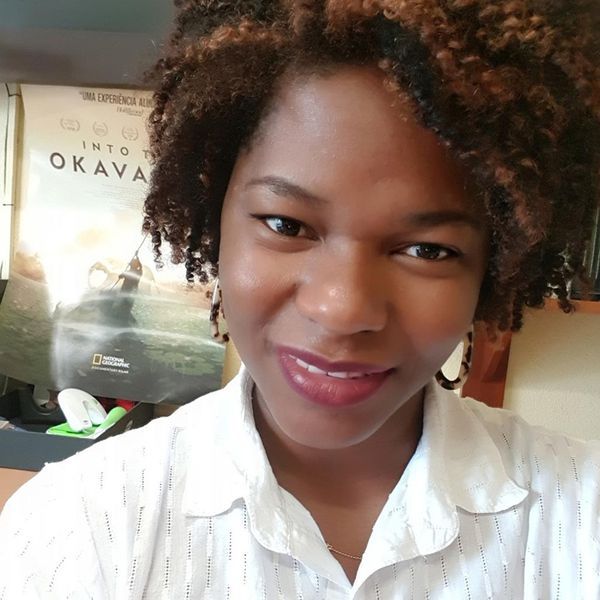

Ilda Menezes Cangolo
Office Manager
Ilda Menezes Cangolo is an Angolan who did a completed their undergraduate degree in Earth Science at the University of Stellenbosch. After working for four years in the oil and gas Industry, she has joined the Okavango Wilderness project to help manage the Luanda office part time.
Ilda Menezes Cangolo
Office Manager
Ilda Menezes Cangolo is an Angolan who did a completed their undergraduate degree in Earth Science at the University of Stellenbosch. After working for four years in the oil and gas Industry, she has joined the Okavango Wilderness project to help manage the Luanda office part time.Office Manager
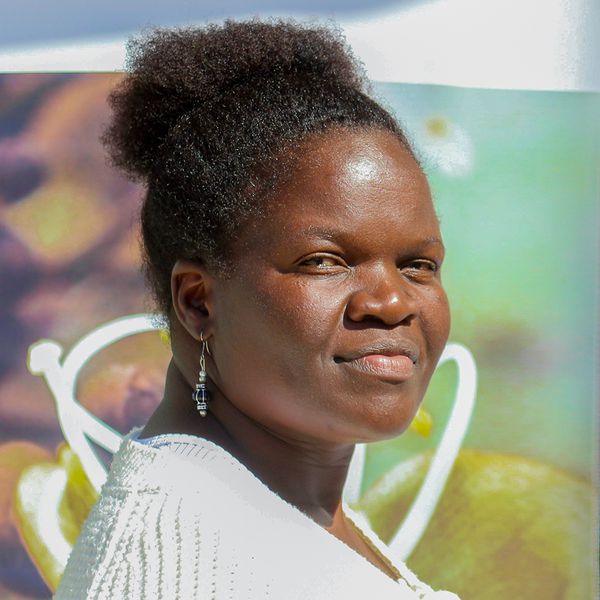

Motlalemang John
Office Manager – Botswana
Motlalemang “Motty” John was born in the panhandle of the Okavango Delta in northern Botswana. She worked for a prominent tourism operator for many years, gaining broad experience in all aspects of the business. Since 2020, John has been working for the Botswana Wild Bird Trust as the office manager, handling the group’s administration and record-keeping.
Motlalemang John
Office Manager – Botswana
Motlalemang “Motty” John was born in the panhandle of the Okavango Delta in northern Botswana. She worked for a prominent tourism operator for many years, gaining broad experience in all aspects of the business. Since 2020, John has been working for the Botswana Wild Bird Trust as the office manager, handling the group’s administration and record-keeping.
Office Manager – Botswana
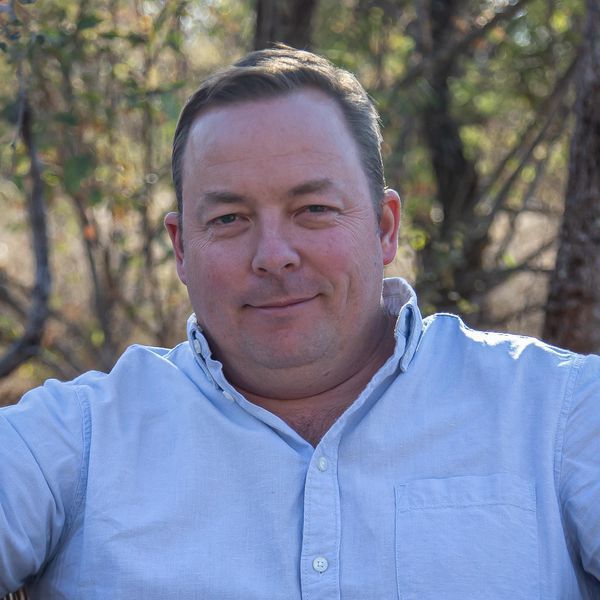

Martin Taylor
Operations Director
Martin Taylor is the operations director at the Wild Bird Trust for southern Africa. He is responsible for coordinating field operations and ensuring that effective management and operational structures are in place to deliver on the organization’s strategies. He is based in the Lowveld of South Africa in the small town of Hoedspruit.
Martin Taylor
Operations Director
Martin Taylor is the operations director at the Wild Bird Trust for southern Africa. He is responsible for coordinating field operations and ensuring that effective management and operational structures are in place to deliver on the organization’s strategies. He is based in the Lowveld of South Africa in the small town of Hoedspruit.Operations Director
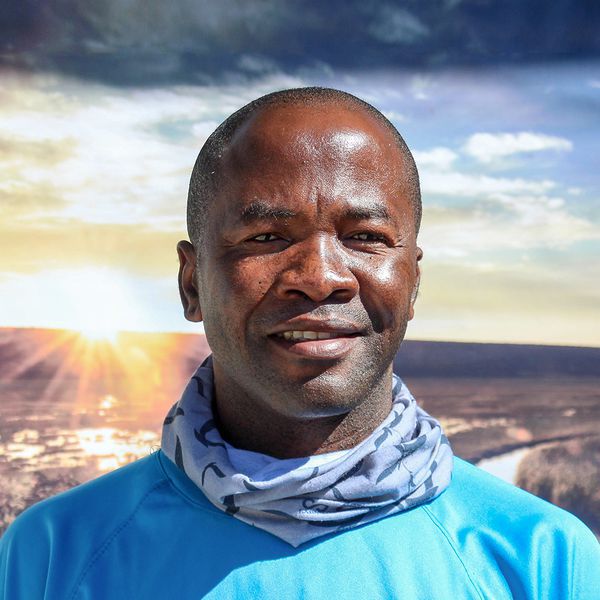

Keamogetse “Castro” Molathegi
Maun Operations Manager
Keamogetse “Castro” Molathegi is from northwestern Botswana, along the Okavango Delta, and remains dedicated to the conservation and culture of the area. Molathegi has worked extensively in the hospitality industry around the Delta and is currently the operations manager for the Botswana Wild Bird Trust.

Keamogetse “Castro” Molathegi
Maun Operations Manager
Keamogetse “Castro” Molathegi is from northwestern Botswana, along the Okavango Delta, and remains dedicated to the conservation and culture of the area. Molathegi has worked extensively in the hospitality industry around the Delta and is currently the operations manager for the Botswana Wild Bird Trust.Maun Operations Manager
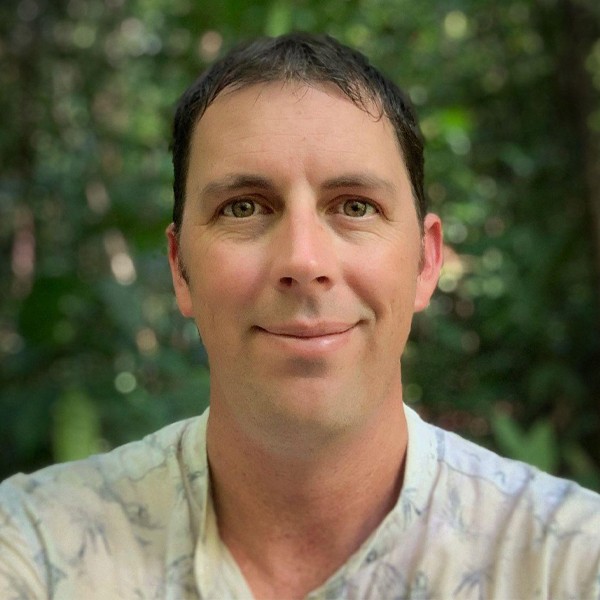

Kai Collins
Senior Strategic Advisor
Botswana-born conservation biologist, Kai Collins has dedicated the last 15 years of his life to applied conservation in sub-Saharan Africa with a special focus on rhinos, threatened species, and the impacts of climate change on ecosystems and protected areas. Kai coordinates the NGO and Government partners’ collaboration – the Lisima Watershed Partnership – towards a community-led process of creating a network of protected areas across the project area in South Eastern Angola as well as developing adventure tourism opportunities across the Okavango Delta and its catchment.
Kai Collins
Senior Strategic Advisor
Botswana-born conservation biologist, Kai Collins has dedicated the last 15 years of his life to applied conservation in sub-Saharan Africa with a special focus on rhinos, threatened species, and the impacts of climate change on ecosystems and protected areas. Kai coordinates the NGO and Government partners’ collaboration – the Lisima Watershed Partnership – towards a community-led process of creating a network of protected areas across the project area in South Eastern Angola as well as developing adventure tourism opportunities across the Okavango Delta and its catchment.Senior Strategic Advisor
RESEARCH
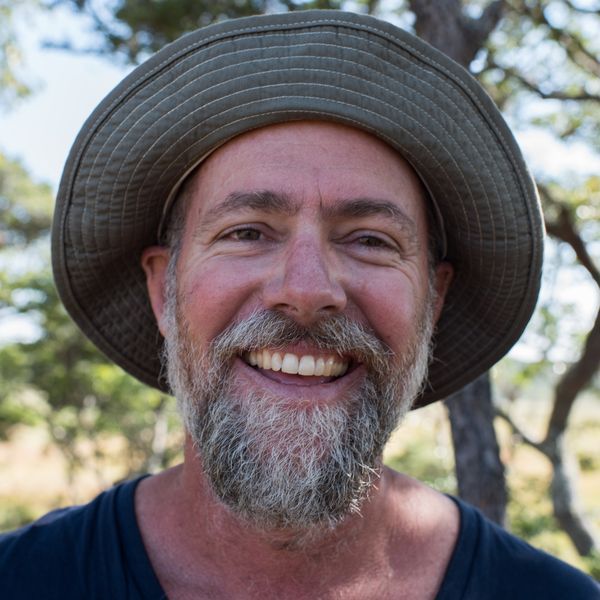

Rainer von Brandis
Research Director
Rainer von Brandis completed his honors and master’s degrees in nature conservation while working intermittently as a freelance guide in South Africa. In 2002, he moved to the Seychelles where he worked to establish security protocols, trained marine rangers, wrote conservation management plans, eradicated invasive species, implemented long-term monitoring programs, and mentored scientific researchers. In 2012, von Brandis completed his doctorate degree in nature conservation, and has been working with the project for the last two years.
Rainer von Brandis
Research Director
Rainer von Brandis completed his honors and master’s degrees in nature conservation while working intermittently as a freelance guide in South Africa. In 2002, he moved to the Seychelles where he worked to establish security protocols, trained marine rangers, wrote conservation management plans, eradicated invasive species, implemented long-term monitoring programs, and mentored scientific researchers. In 2012, von Brandis completed his doctorate degree in nature conservation, and has been working with the project for the last two years.Research Director
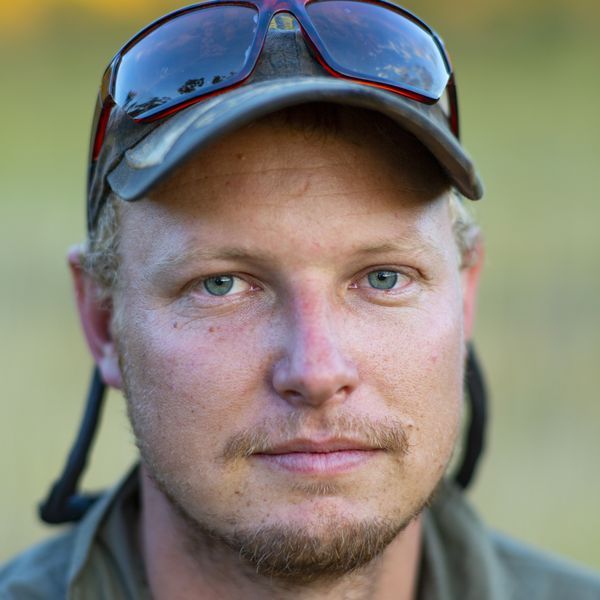

Götz Neef
Research and Collections Manager
Namibian-born Götz Neef coordinates all the research data and sample collections for the project. During expeditions he works with the various specialists and research assistants undertaking sampling, trapping, and recording.

Götz Neef
Research and Collections Manager
Namibian-born Götz Neef coordinates all the research data and sample collections for the project. During expeditions he works with the various specialists and research assistants undertaking sampling, trapping, and recording.Research and Collections Manager
RESEARCH AFFILIATES
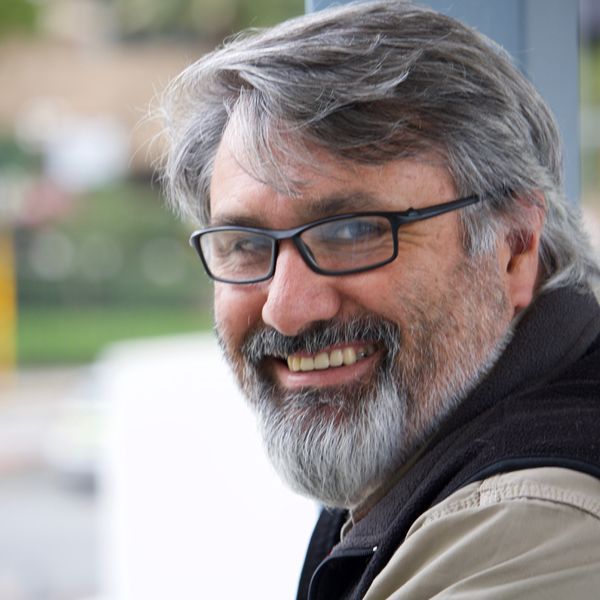

Stephan Woodborne
Lead, Paleolandscape Studies
Stephan Woodborne is the senior accelerator mass spectrometry scientist at iThemba LABS. He obtained a Ph.D. in archaeology from the University of Cape Town in 1996 and took up a post-doctoral fellowship in the radiocarbon dating laboratory at the Council for Scientific and Industrial Research. He ran the Quaternary Dating Research Unit (QUADRU) at the CSIR for 15 years, and in this time introduced luminescence dating to complement the radiocarbon dating facility, and he also diversified the field of stable light isotope analyses in South Africa. His research interests are in paleoscience, climate change, and ecological processes. He has led a long-running program that assesses climate models using past climate variability in South Africa as a test case. He currently manages the stable light isotope laboratory at iThemba LABS, is associate professor at the Mammal Research Institute at the University of Pretoria, and is associate professor in the School of Life Sciences at the University of KwaZulu-Natal.
Stephan Woodborne
Lead, Paleolandscape Studies
Stephan Woodborne is the senior accelerator mass spectrometry scientist at iThemba LABS. He obtained a Ph.D. in archaeology from the University of Cape Town in 1996 and took up a post-doctoral fellowship in the radiocarbon dating laboratory at the Council for Scientific and Industrial Research. He ran the Quaternary Dating Research Unit (QUADRU) at the CSIR for 15 years, and in this time introduced luminescence dating to complement the radiocarbon dating facility, and he also diversified the field of stable light isotope analyses in South Africa. His research interests are in paleoscience, climate change, and ecological processes. He has led a long-running program that assesses climate models using past climate variability in South Africa as a test case. He currently manages the stable light isotope laboratory at iThemba LABS, is associate professor at the Mammal Research Institute at the University of Pretoria, and is associate professor in the School of Life Sciences at the University of KwaZulu-Natal.Lead, Paleolandscape Studies


Jennifer Fitchett
Paleoclimates
Jennifer Fitchett is an Associate Professor of Physical Geography in the School of Geography, Archaeology and Environmental Studies at the University of the Witwatersrand. She has published over 50 peer-reviewed journal articles and book chapters, and is a National Research Foundation Y1-rated scientist. Her research is in the discipline of biometeorology, exploring the effects of climate change over long (tens of thousands of years) and short (decadal) timescales on plants, animals and people.
Jennifer Fitchett
Paleoclimates
Jennifer Fitchett is an Associate Professor of Physical Geography in the School of Geography, Archaeology and Environmental Studies at the University of the Witwatersrand. She has published over 50 peer-reviewed journal articles and book chapters, and is a National Research Foundation Y1-rated scientist. Her research is in the discipline of biometeorology, exploring the effects of climate change over long (tens of thousands of years) and short (decadal) timescales on plants, animals and people.Paleoclimates
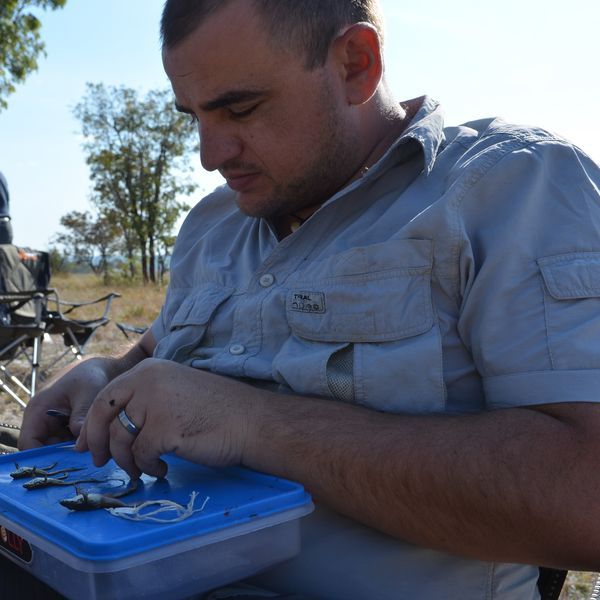

Werner Conradie
Herpetologist, Reptiles and Amphibians
Werner Conradie is the curator of herpetology at the Port Elizabeth Museum (Bayworld), South Africa. He holds a master’s in environmental science and has 10 years of experience studying southern African herpetofauna, with his main research interests focusing on the taxonomy, conservation, and ecology of amphibians and reptiles. He has published numerous scientific papers, and has served on a number of conservation and scientific panels.

Werner Conradie
Herpetologist, Reptiles and Amphibians
Werner Conradie is the curator of herpetology at the Port Elizabeth Museum (Bayworld), South Africa. He holds a master’s in environmental science and has 10 years of experience studying southern African herpetofauna, with his main research interests focusing on the taxonomy, conservation, and ecology of amphibians and reptiles. He has published numerous scientific papers, and has served on a number of conservation and scientific panels.Herpetologist, Reptiles and Amphibians
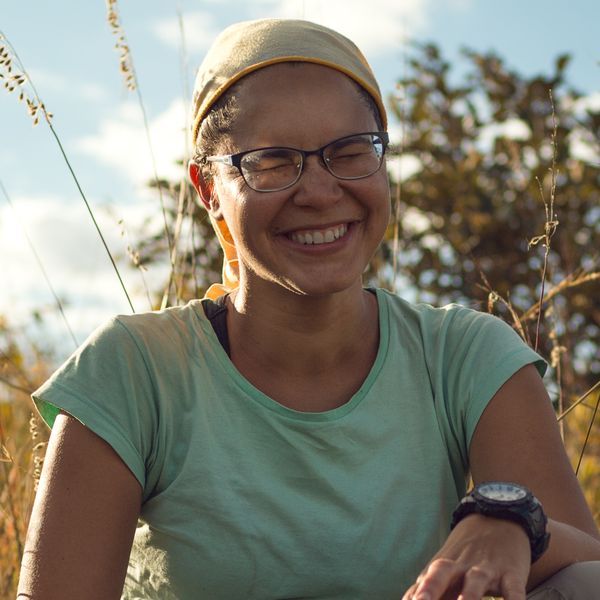

Ninda Baptista
Herpetologist
Ninda Baptista has a master’s in conservation biology from the University of Lisbon. She joined the Okavango Wilderness Project as an assistant herpetologist and has been involved in several of the surveys. Her primary interest is effective conservation, with a focus on conserving priority unprotected areas in Angola. She has experience in research, environmental education, and environmental impact assessments. Her current work at ISCED-Huíla in Angola involves herpetological surveys, monitoring herpetofauna, and participating in a project for the conservation of the Kumbira escarpment forest in Kwanza Sul. Ninda
Ninda Baptista
Herpetologist
Ninda Baptista has a master’s in conservation biology from the University of Lisbon. She joined the Okavango Wilderness Project as an assistant herpetologist and has been involved in several of the surveys. Her primary interest is effective conservation, with a focus on conserving priority unprotected areas in Angola. She has experience in research, environmental education, and environmental impact assessments. Her current work at ISCED-Huíla in Angola involves herpetological surveys, monitoring herpetofauna, and participating in a project for the conservation of the Kumbira escarpment forest in Kwanza Sul. NindaHerpetologist
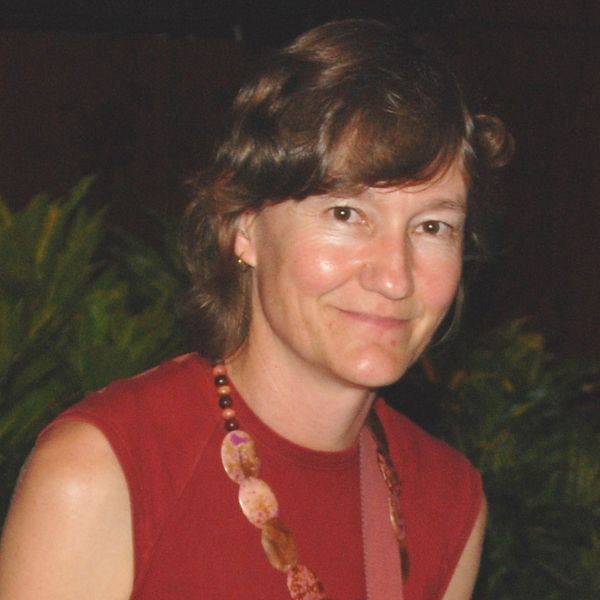

Helen Barber-James
Lead Entomologist
Helen Barber-James is a freshwater biologist in the Department of Freshwater Invertebrates at the Albany Museum in South Africa, which houses a collection of more than 1.5 million specimens. She has over 25 years of research experience, which has focused on the biodiversity, systematics, and biogeography of freshwater invertebrates, especially the Ephemeroptera (mayflies). She received a Ph.D. in entomology from Rhodes University in South Africa.
Helen Barber-James
Lead Entomologist
Helen Barber-James is a freshwater biologist in the Department of Freshwater Invertebrates at the Albany Museum in South Africa, which houses a collection of more than 1.5 million specimens. She has over 25 years of research experience, which has focused on the biodiversity, systematics, and biogeography of freshwater invertebrates, especially the Ephemeroptera (mayflies). She received a Ph.D. in entomology from Rhodes University in South Africa.Lead Entomologist
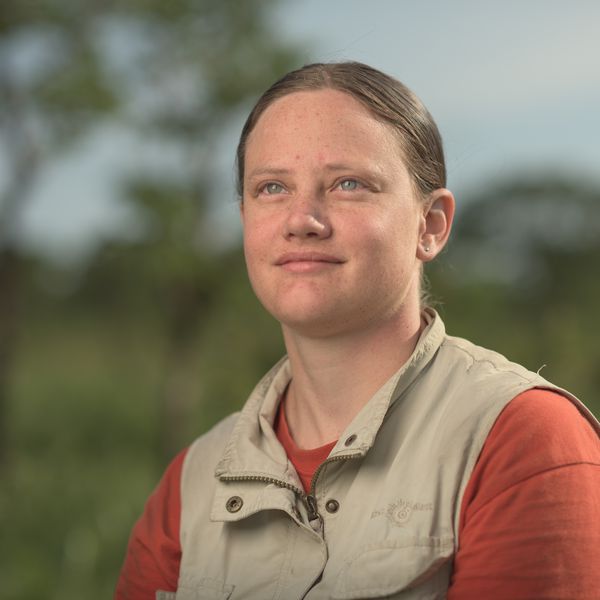

Entomologist
Project Administrator
Ina Ferreira is currently a Ph.D. student at the Department of Zoology and Entomology at Rhodes University. Her research focuses on the systematics of southern African Leptophlebiidae (Ephemeroptera), using both morphological and molecular approaches. As an entomologist, her interests lie with freshwater insects, particularly the taxonomy, biodiversity and ecology of mayflies (Ephemeroptera). Ferreira received B.Sc. degrees in zoology and entomology at the University of the Free State, and earned a master’s degree in environmental management at the Centre for Environmental Management from UFS.

Entomologist
Project Administrator
Ina Ferreira is currently a Ph.D. student at the Department of Zoology and Entomology at Rhodes University. Her research focuses on the systematics of southern African Leptophlebiidae (Ephemeroptera), using both morphological and molecular approaches. As an entomologist, her interests lie with freshwater insects, particularly the taxonomy, biodiversity and ecology of mayflies (Ephemeroptera). Ferreira received B.Sc. degrees in zoology and entomology at the University of the Free State, and earned a master’s degree in environmental management at the Centre for Environmental Management from UFS.Entomologist
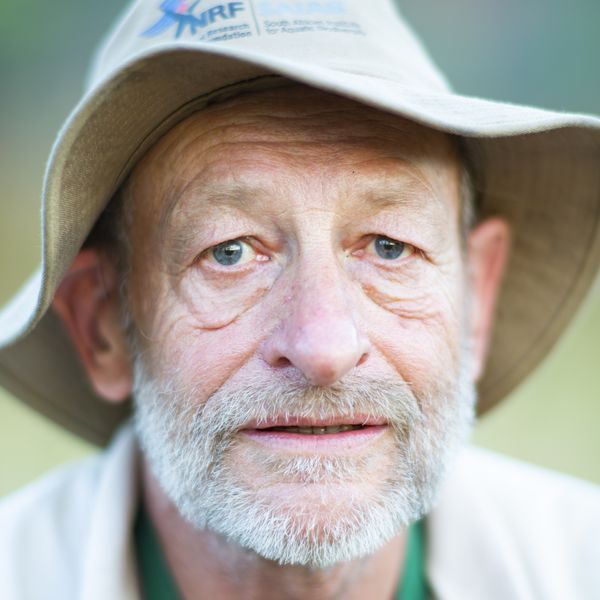

Paul Skelton
Lead Ichthyologist
Paul Skelton helps coordinate the specialist survey results and publications of the Okavango Wilderness Project. He is emeritus professor and emeritus managing director of the South African Institute for Aquatic Biodiversity at Rhodes University. Author of several books on the fishes of the southern African sub-region, Paul has chaired several International Union for Conservation of Nature committees and discovered many new fish species.
Paul Skelton
Lead Ichthyologist
Paul Skelton helps coordinate the specialist survey results and publications of the Okavango Wilderness Project. He is emeritus professor and emeritus managing director of the South African Institute for Aquatic Biodiversity at Rhodes University. Author of several books on the fishes of the southern African sub-region, Paul has chaired several International Union for Conservation of Nature committees and discovered many new fish species.Lead Ichthyologist
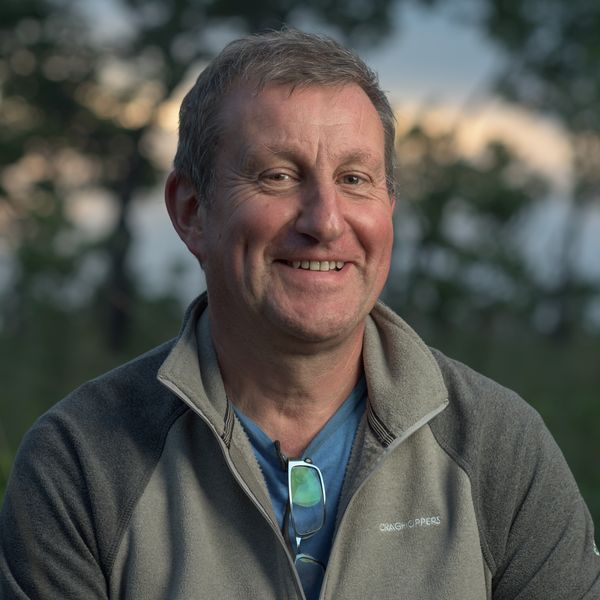

David Goyder
Co-lead Botanist, Botanical Research Director
David Goyder has catalogued the entire Okavango Wilderness Project plant collection, which is currently housed at the Royal Botanic Gardens, Kew, in London. Goyder is director and research leader for Africa and Madagascar at Kew, which has been working in Angola to document the flora and fill the large gap in botanical knowledge of the area.
David Goyder
Co-lead Botanist, Botanical Research Director
David Goyder has catalogued the entire Okavango Wilderness Project plant collection, which is currently housed at the Royal Botanic Gardens, Kew, in London. Goyder is director and research leader for Africa and Madagascar at Kew, which has been working in Angola to document the flora and fill the large gap in botanical knowledge of the area.Co-lead Botanist, Botanical Research Director
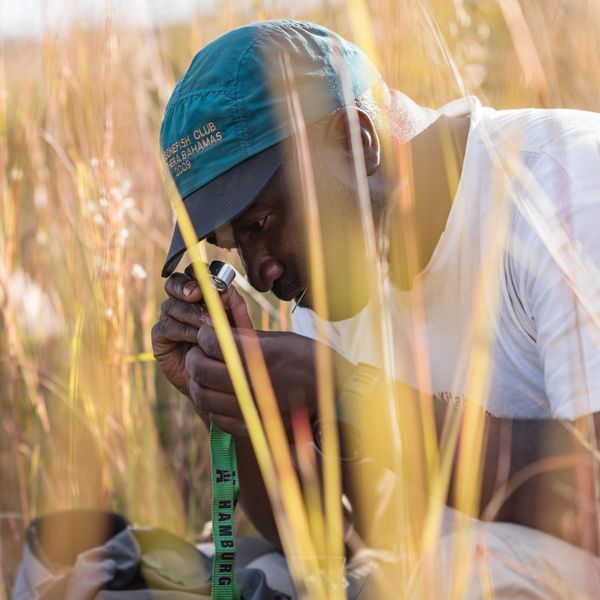

Francisco Maiato Pedro Gonçalves
Botanist
Francisco Maiato Pedro Gonçalves is a biologist associated with the Herbarium of Lubango at ISCED-Huíla, Angola. His previous experience includes working with renowned botanists in the field and assessing the impact of forest fragmentation on the endemic birds of the Angolan escarpment. He is currently a Ph.D. candidate in plant ecology at the University of Hamburg, Germany. His interests include plant diversity, tree population dynamics of the Angolan miombo woodlands, and biodiversity conservation, all of which prepared him well for the Okavango Wilderness Project.

Francisco Maiato Pedro Gonçalves
Botanist
Francisco Maiato Pedro Gonçalves is a biologist associated with the Herbarium of Lubango at ISCED-Huíla, Angola. His previous experience includes working with renowned botanists in the field and assessing the impact of forest fragmentation on the endemic birds of the Angolan escarpment. He is currently a Ph.D. candidate in plant ecology at the University of Hamburg, Germany. His interests include plant diversity, tree population dynamics of the Angolan miombo woodlands, and biodiversity conservation, all of which prepared him well for the Okavango Wilderness Project.Botanist
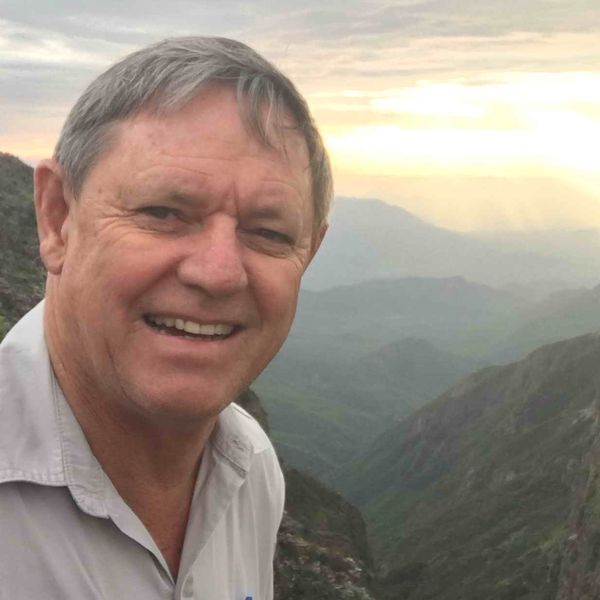

John Mendelson
Geomorphologist and System Ecologist
John Mendelsohn has lived all his life in Africa, and has been residing in Namibia for the past 30 years. A passion for research has driven much of his work in zoology, education, livelihoods, geography, and river systems. He has been published in over 70 scientific papers and 28 books. Most of his recent research has been in Namibia, but he now also works extensively in Angola. Over the past 15 years, Mendelsohn has developed a keen interest in the economies of rural areas, seeking to document and understand relationships between natural resources, land uses, land rights, incomes, savings, opportunities, and constraints in different areas. Rivers in the Kalahari Basin are another special interest, particularly the Cunene, Cuvelai, Okavango, and Cuando River systems.
John Mendelsohn
Geomorphologist and System Ecologist
John Mendelsohn has lived all his life in Africa, and has been residing in Namibia for the past 30 years. A passion for research has driven much of his work in zoology, education, livelihoods, geography, and river systems. He has been published in over 70 scientific papers and 28 books. Most of his recent research has been in Namibia, but he now also works extensively in Angola. Over the past 15 years, Mendelsohn has developed a keen interest in the economies of rural areas, seeking to document and understand relationships between natural resources, land uses, land rights, incomes, savings, opportunities, and constraints in different areas. Rivers in the Kalahari Basin are another special interest, particularly the Cunene, Cuvelai, Okavango, and Cuando River systems.Geomorphologist and System Ecologist
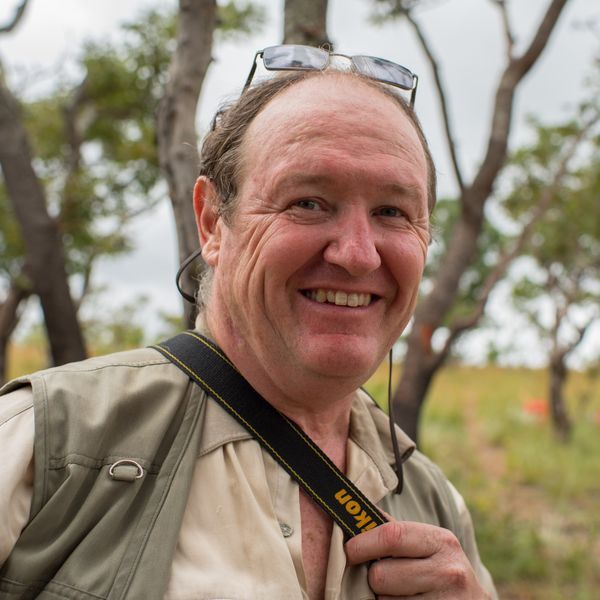

Peter Taylor
Co-lead Mammologist, Small Mammals
Professor and South African Research Chair on Biodiversity Value & Change at the University of Venda in South Africa, Peter Taylor studies small mammals, such as bats and rodents, for the Okavango Wilderness Project. He is also a core team member at the Centre for Invasion Biology in South Africa.
Peter Taylor
Co-lead Mammologist, Small Mammals
Professor and South African Research Chair on Biodiversity Value & Change at the University of Venda in South Africa, Peter Taylor studies small mammals, such as bats and rodents, for the Okavango Wilderness Project. He is also a core team member at the Centre for Invasion Biology in South Africa.Co-lead Mammologist, Small Mammals
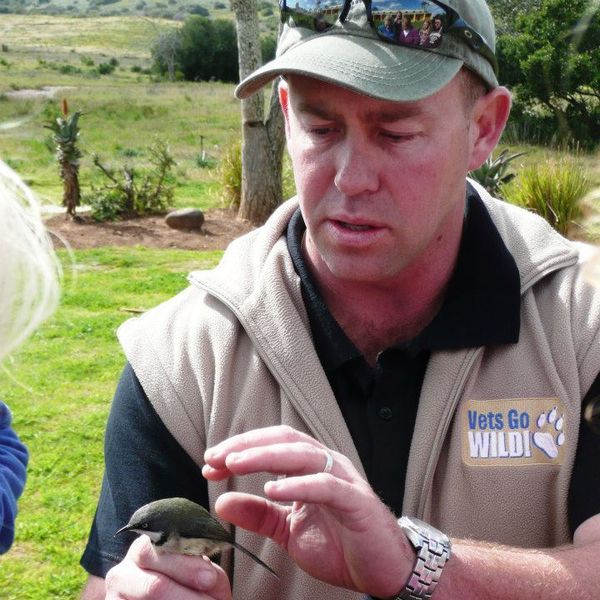

Dan Parker
Co-lead Mammologist, Small Mammals
Professor Dan Parker’s research focuses on mammalian terrestrial ecology. An associate professor at the University of Mpumalanga in South Africa, Parker is also active with the Department of Zoology and Entomology at Rhodes University in South Africa. For the Okavango Wilderness Project, Parker is leading the surveys of the little-known bat populations of the upper catchments in the Angola highlands.
Dan Parker
Co-lead Mammologist, Small Mammals
Professor Dan Parker’s research focuses on mammalian terrestrial ecology. An associate professor at the University of Mpumalanga in South Africa, Parker is also active with the Department of Zoology and Entomology at Rhodes University in South Africa. For the Okavango Wilderness Project, Parker is leading the surveys of the little-known bat populations of the upper catchments in the Angola highlands.Co-lead Mammologist, Small Mammals
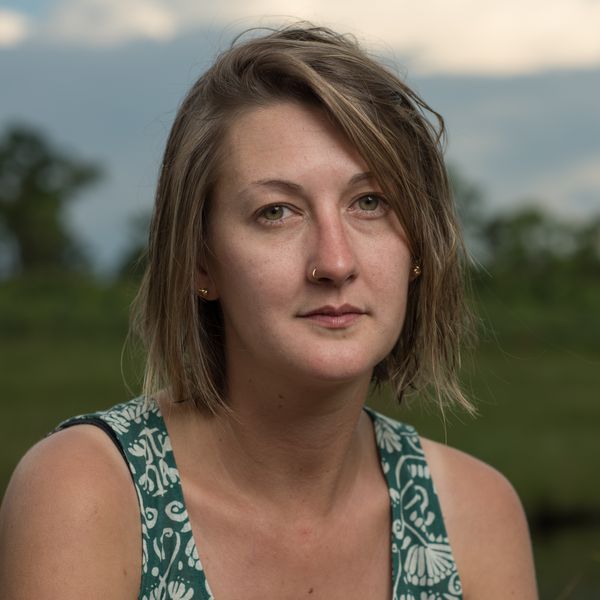

Sina Weier
Mammalogist
Sina Weier earned an M.Sc. from the Edinburgh Napier University, Scotland. She obtained her Ph.D. at the South African Research Chair on Biodiversity Value and Change at the University of Venda, where she currently works as a postdoctoral fellow. Her research is focused on the habitat use and distribution of insectivorous bat species in Southern Africa under the perspectives of land use and climate change.
Sina Weier
Mammalogist
Sina Weier earned an M.Sc. from the Edinburgh Napier University, Scotland. She obtained her Ph.D. at the South African Research Chair on Biodiversity Value and Change at the University of Venda, where she currently works as a postdoctoral fellow. Her research is focused on the habitat use and distribution of insectivorous bat species in Southern Africa under the perspectives of land use and climate change.Mammalogist
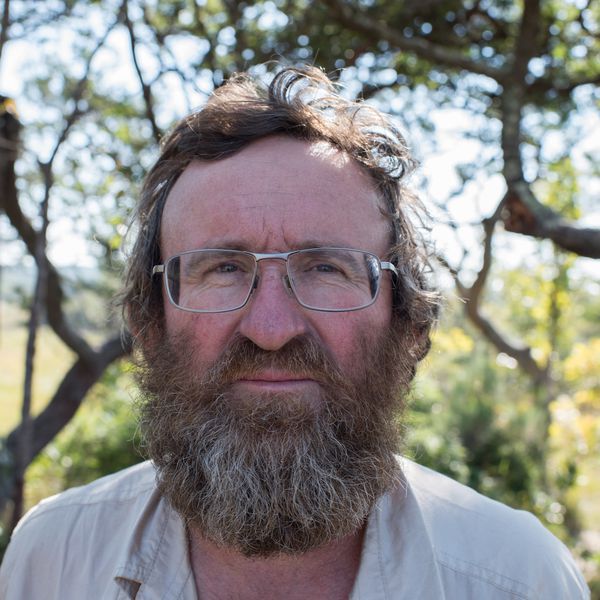

Fenton Cotterill
Mammalogist and Geomorphology
Fenton “Woody” Cotterill BSc (Hons), MSc (Tropical Resource Ecology), Ph.D. is a Research associate at Stellenbosch University. He was previously curator of mammals and principal curator of vertebrates at Bulawayo’s Natural History Museum of Zimbabwe. His studies of African vertebrates combine analysis of specimens in worldwide museum collections and fieldwork across central Africa, focused on African mammals, including descriptions of seven new species of mammals. His studies also combine evolutionary biology and geomorphology to decipher the evolution of Africa’s landscapes.
Fenton Cotterill
Mammalogist and Geomorphology
Fenton “Woody” Cotterill BSc (Hons), MSc (Tropical Resource Ecology), Ph.D. is a Research associate at Stellenbosch University. He was previously curator of mammals and principal curator of vertebrates at Bulawayo’s Natural History Museum of Zimbabwe. His studies of African vertebrates combine analysis of specimens in worldwide museum collections and fieldwork across central Africa, focused on African mammals, including descriptions of seven new species of mammals. His studies also combine evolutionary biology and geomorphology to decipher the evolution of Africa’s landscapes.
Mammalogist and Geomorphology
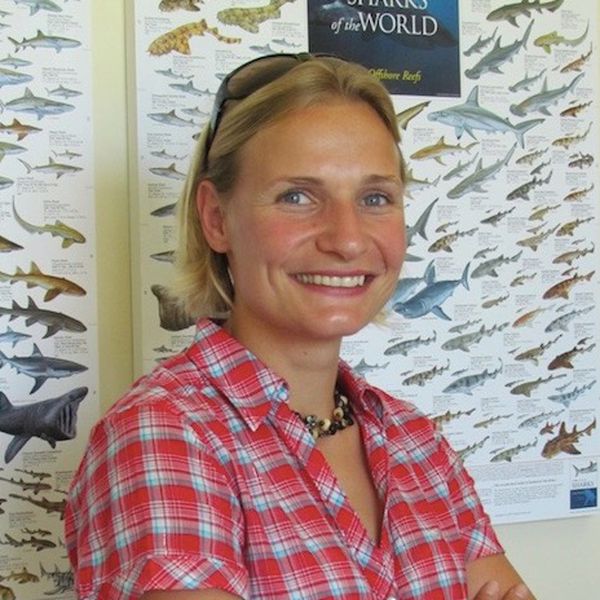

Sophie von der Hyden
Molecular Ecologist
Sophie von der Heyden is a molecular ecologist. Her research primarily focuses on the conservation and sustainable utilization of species, particularly in the marine environment. She specializes in employing molecular, ecological, and genomics tools to inform spatial planning, working to understand connectivity patterns, resilience and adaptation of species to ongoing and future change, as well as the impacts of changing marine communities on society.
Sophie von der Hyden
Molecular Ecologist
Sophie von der Heyden is a molecular ecologist. Her research primarily focuses on the conservation and sustainable utilization of species, particularly in the marine environment. She specializes in employing molecular, ecological, and genomics tools to inform spatial planning, working to understand connectivity patterns, resilience and adaptation of species to ongoing and future change, as well as the impacts of changing marine communities on society.Molecular Ecologist
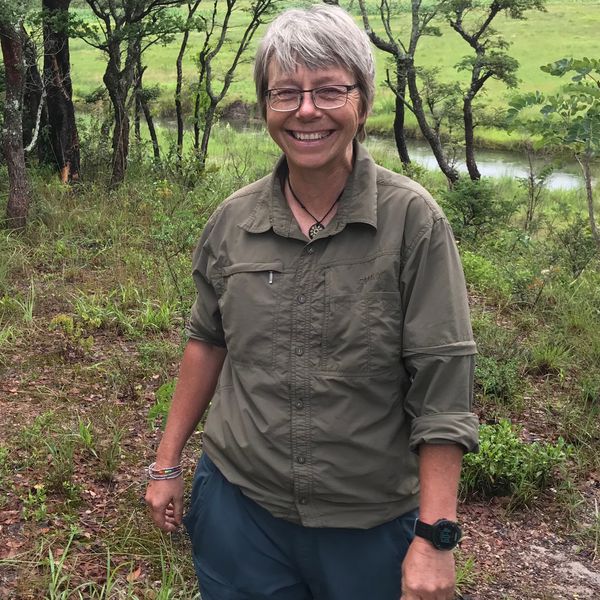

Jolanda Roux
Lead Mycologist
Jolanda Roux has a Ph.D. in microbiology, specializing in tree pathology and mycology. She has extensive field work experience in many African countries, both in native and planted forests. She worked as a research scientist in academia for nearly 20 years before moving into the corporate world. She has published numerous scientific papers and served on a number of forestry and plant health related panels. For the Okavango Wilderness Project, Roux is assisting in the identification of the numerous macro-fungi present in the Angolan catchment areas.
Jolanda Roux
Lead Mycologist
Jolanda Roux has a Ph.D. in microbiology, specializing in tree pathology and mycology. She has extensive field work experience in many African countries, both in native and planted forests. She worked as a research scientist in academia for nearly 20 years before moving into the corporate world. She has published numerous scientific papers and served on a number of forestry and plant health related panels. For the Okavango Wilderness Project, Roux is assisting in the identification of the numerous macro-fungi present in the Angolan catchment areas.Lead Mycologist
EXPEDITIONS TEAM
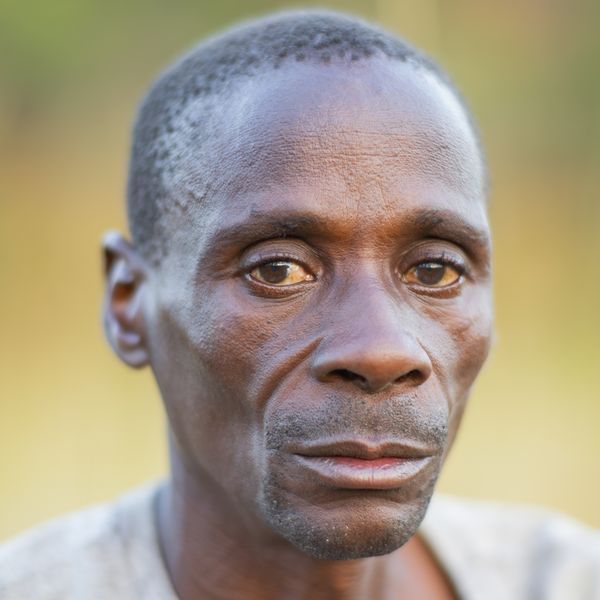

Tumeletso Setlabosha
Research Director
Tumeletso “Water” Setlabosha has been a wilderness guide in the Okavango Delta for 14 years. Born in Jao in the middle of the Okavango Delta, Setlabosha has a deep understanding of the intricacies of this complex ecosystem. He has been involved with the National Geographic Okavango Wilderness Project since 2015 and is featured in the documentary Into the Okavango.
Tumeletso Setlabosha
Head Guide, Ambassador for NGOWP, National Geographic Explorer
Tumeletso “Water” Setlabosha has been a wilderness guide in the Okavango Delta for 22 years. Born in Jao in the middle of the Okavango Delta, Setlabosha has a deep understanding of the intricacies of this complex ecosystem. He has been involved with the National Geographic Okavango Wilderness Project since 2015 and is featured in the documentary Into the Okavango.Head Guide, Ambassador for NGOWP, National Geographic Explorer
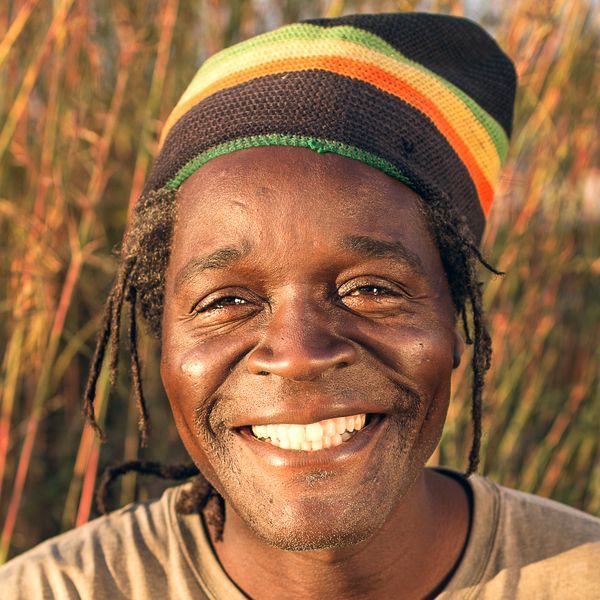

Gobonamang “GB” Kgetho
Lead Poler and Guide
Gobonamang “GB” Kgetho is the National Geographic Okavango Wilderness Project’s lead poler and a member of the Seronga Polers Trust. Kgetho has crossed the Okavango Delta every year since 2010 with project leader Steve Boyes and is an exemplary ambassador of the Okavango Delta and the baYei community. He has a keen interest in the culture and history of indigenous communities.
Gobonamang “GB” Kgetho
Expedition Leader for NGOWP, National Geographic Explorer
GB is the main protagonist of the recently released film, “Nkashi: Race for the Okavango,” and is the head mokoro poler for the National Geographic Okavango Wilderness Project (NGOWP), which is locally implemented by the Botswana Wild Bird Trust (BWBT). GB has crossed the Okavango Delta every year since 2010, and all the large rivers in Angola and Namibia, alongside National Geographic Explorer Steve Boyes. He is also an active member of the Seronga Polers Trust. Having grown up in the village Seronga, GB is also passionate about preserving the culture and history of his community.Expedition Leader for NGOWP, National Geographic Explorer


Charles Mpofu
Researcher at Department of Wildlife and National Parks – Botswana, National Geographic Explorer
Charles is currently a researcher at Botswana’s Department of Wildlife and National Parks, and specializes in wattled crane research. Wattled cranes are an important indicator of ecosystem health in the Delta – but they have not been extensively studied in Botswana, with no crane-focused survey being carried out in over a decade. Charles will use cutting-edge technologies, including aerial drone surveys and GPS tracking, to study the wattled crane population size, seasonal distribution, nesting numbers, and potential environmental disturbances. He will work alongside local researchers and citizen scientists.
Charles Mpofu
Researcher at Department of Wildlife and National Parks – Botswana, National Geographic Explorer
Charles is currently a researcher at Botswana’s Department of Wildlife and National Parks, and specializes in wattled crane research. Wattled cranes are an important indicator of ecosystem health in the Delta – but they have not been extensively studied in Botswana, with no crane-focused survey being carried out in over a decade. Charles will use cutting-edge technologies, including aerial drone surveys and GPS tracking, to study the wattled crane population size, seasonal distribution, nesting numbers, and potential environmental disturbances. He will work alongside local researchers and citizen scientists.
Researcher at Department of Wildlife and National Parks – Botswana, National Geographic Explorer
IN MEMORY
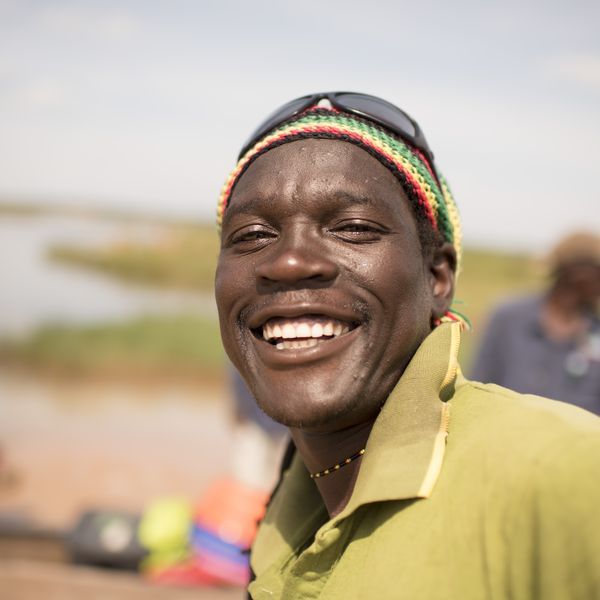

Leilamang “Snaps” Kgetho
Poler

Leilamang “Snaps” Kgetho
Poler
Poler
DE BEERS AND NATIONAL GEOGRAPHIC HAVE PARTNERED TO ADDRESS ONE OF THE MOST CRITICAL CONSERVATION CHALLENGES IN AFRICA: PROTECTING THE NEAR-PRISTINE SOURCE WATERS OF THE OKAVANGO DELTA. LEARN MORE AT WWW.NATIONALGEOGRAPHIC.COM/OKAVANGO-ETERNAL
PROJECT PARTNERS
Wild Bird Trust
Angola Ministry of Environment
Angola Ministry of Tourism
ADDITIONAL SUPPORT PROVIDED BY
The HALO Trust
Kissama Foundation
Botswana Ministry of Environment, Natural Resources, Conservation, and Tourism
Namibia Ministry of Environment and Tourism
The Kavango-Zambezi Transfrontier Conservaton Area (KAZA TFCA)
The Permanent Okavango River Basin Water Commission (OKACOM)
The Zambezi Watercourse Commission (ZAMCOM)
HELP US PROTECT THE OKAVANGO WATERSHED
Our work to explore and protect the amazing biodiversity of the Okavango River Basin is vital to the health of the region. Your support not only helps preserve this important ecosystem, but it also funds the critical work of all of our Explorers fighting to save threatened species, protect fragile habitats, and understand the world around us through rigorous research, independent science, and conservation. Your contribution to the National Geographic Society’s work is helping create a more sustainable future for our planet.
GET UPDATES
Learn how you can help change the world for the better. Get updates from our Explorers who are working to protect and preserve the Okavango ecosystem for generations to come, and learn about all our work to explore and protect the planet.
Photo credits (from top of page): PHOTOGRAPH BY KOSTADIN LUCHANSKY;PHOTOGRAPH BY CORY RICHARDS;PHOTOGRAPH BY JAMES KYDD
